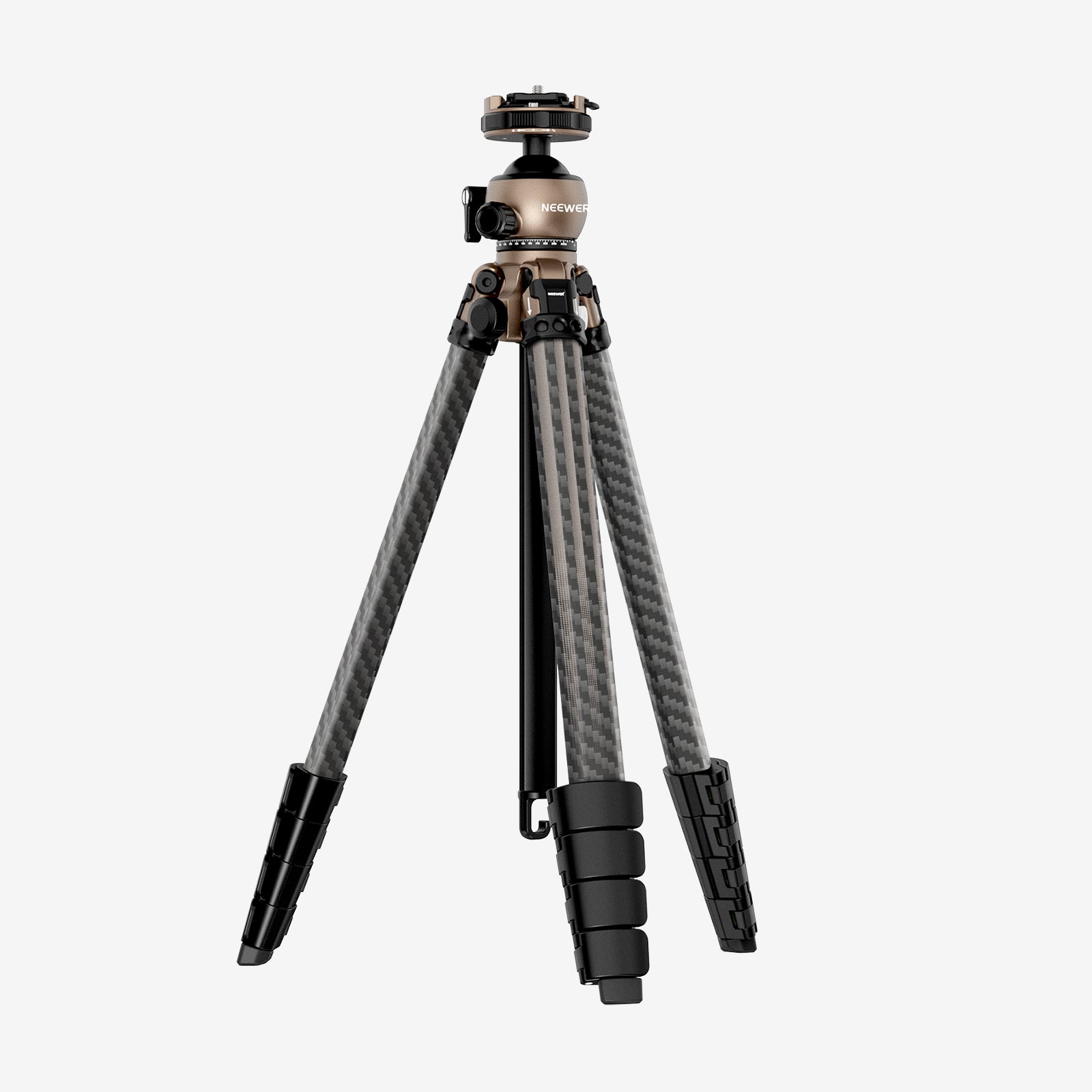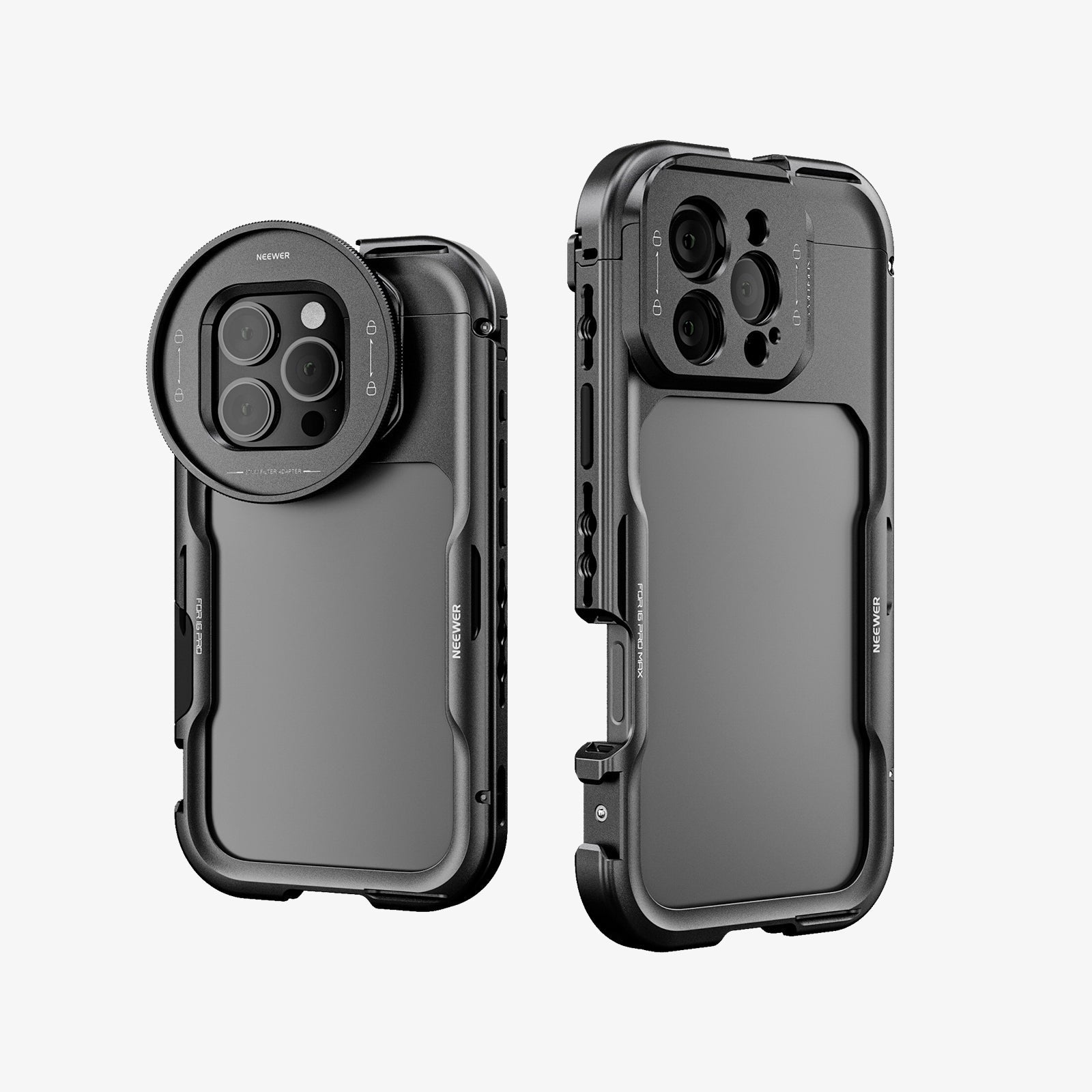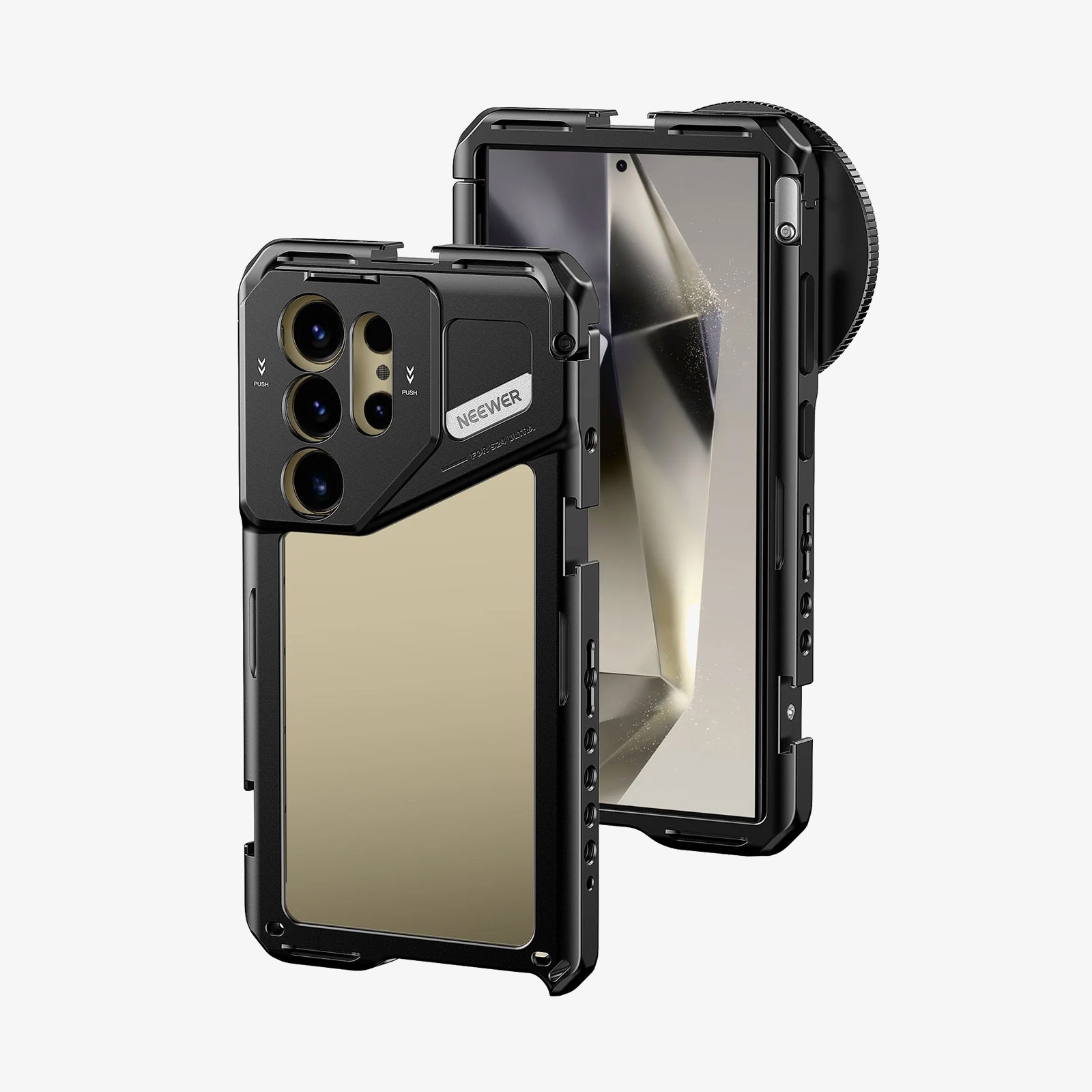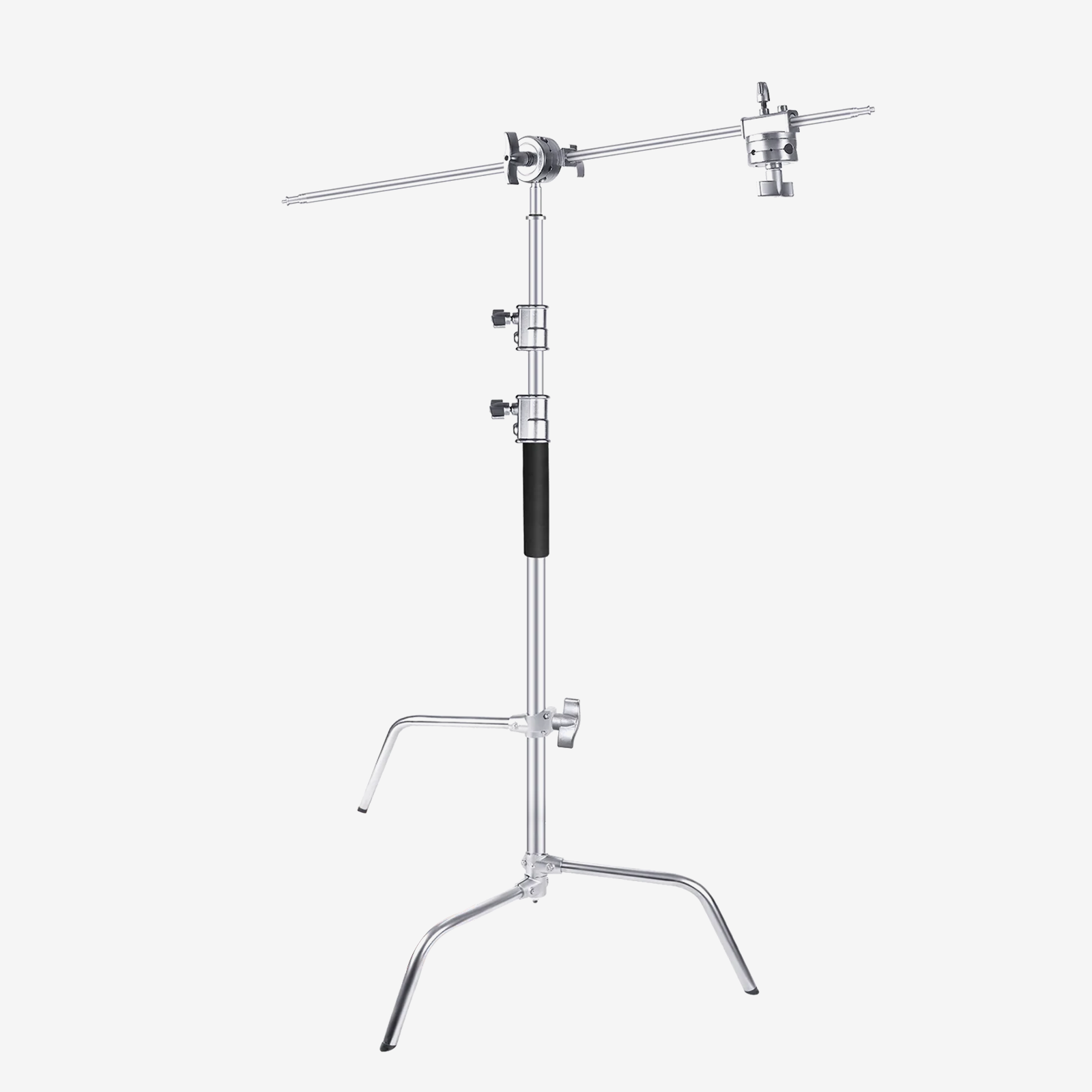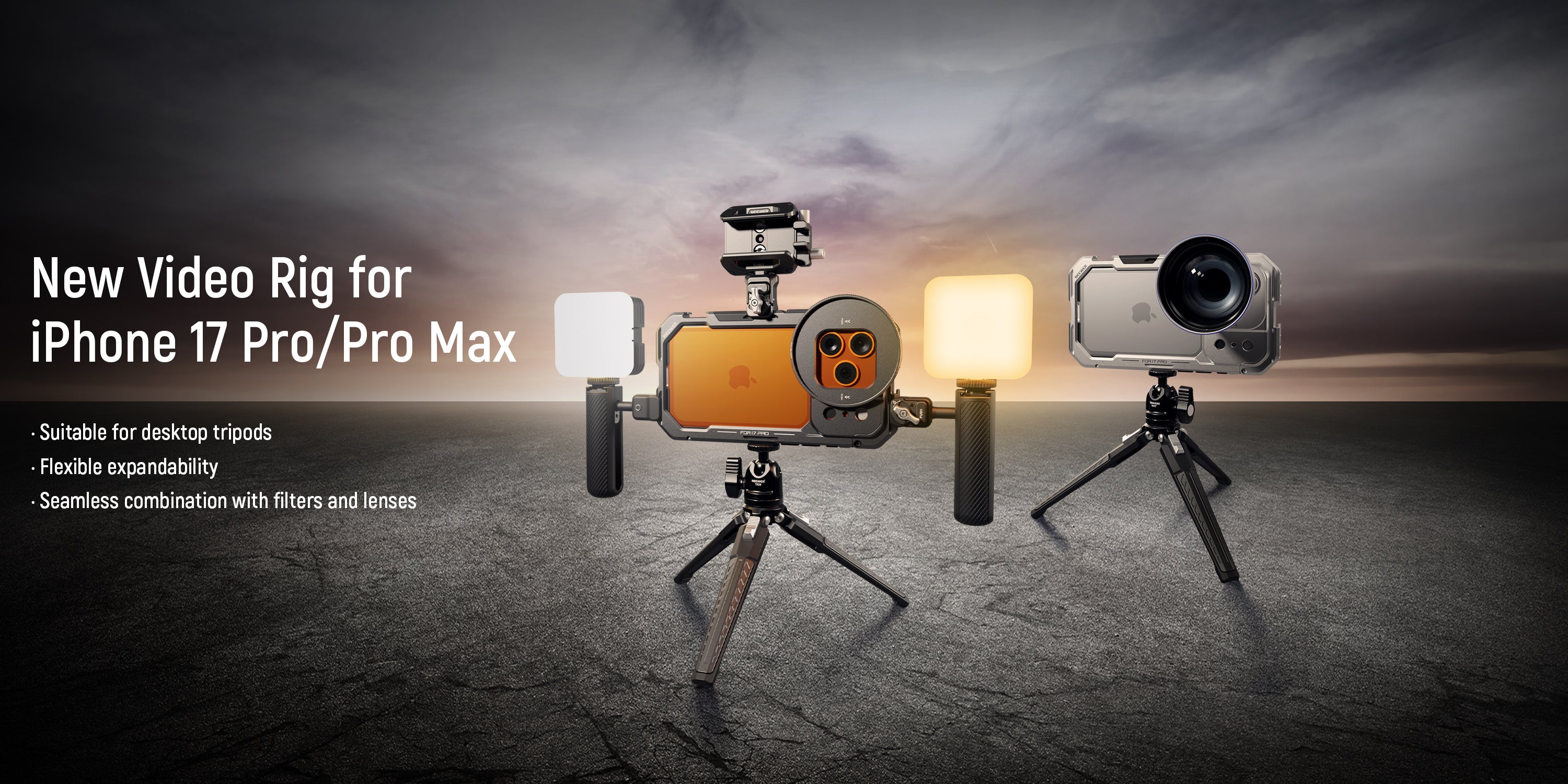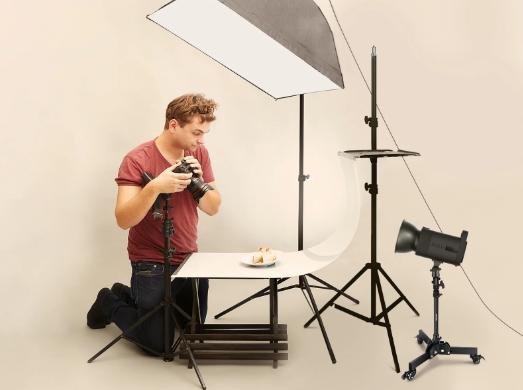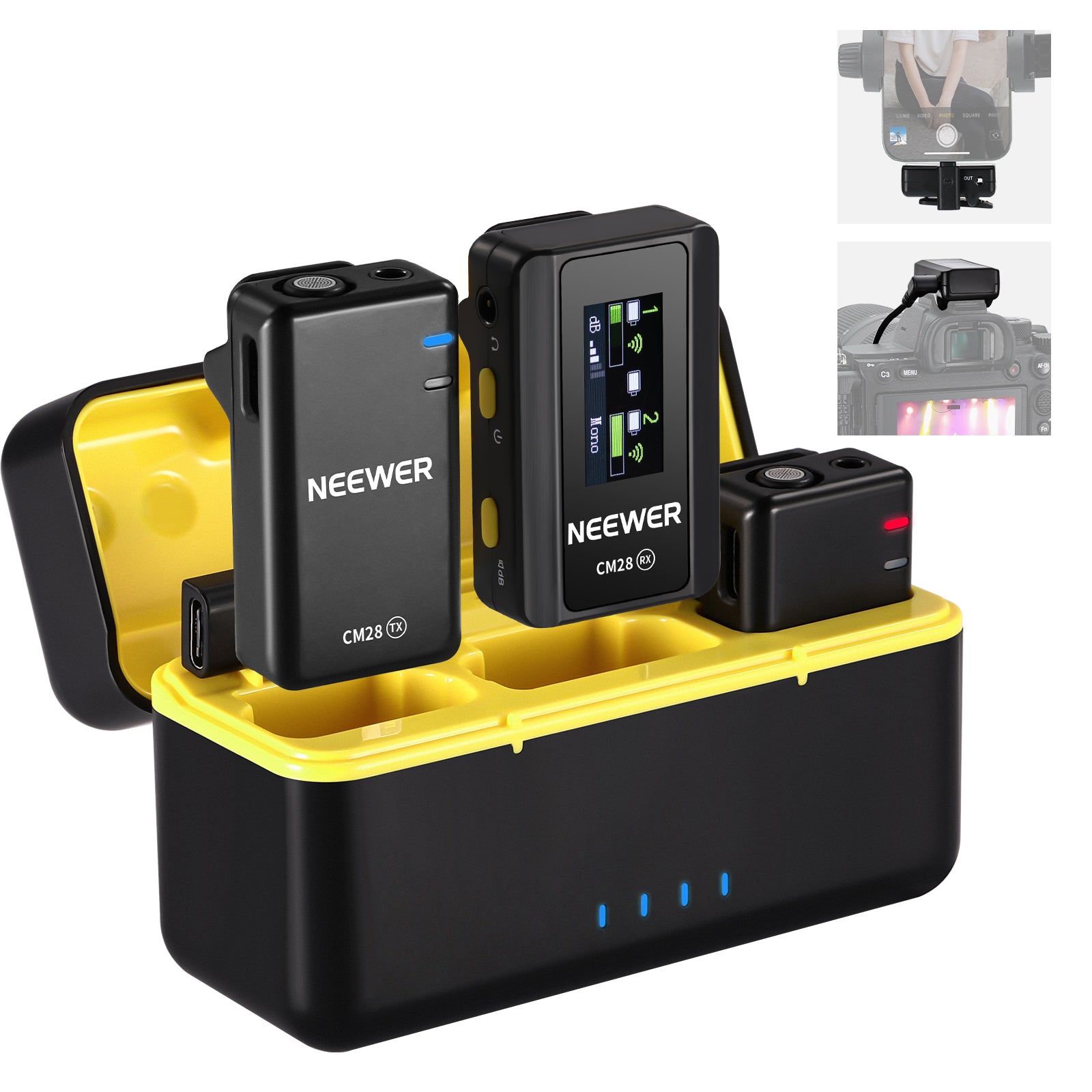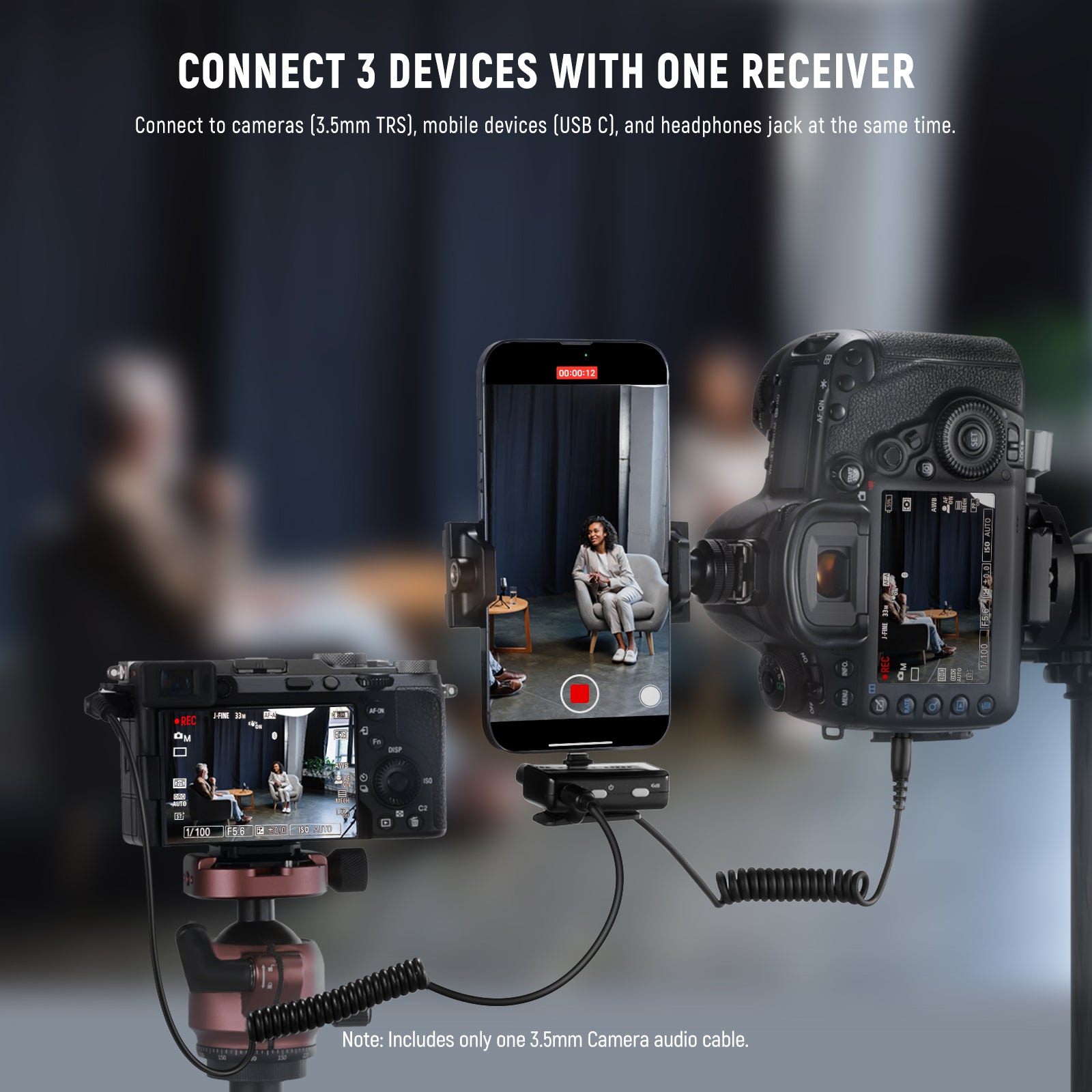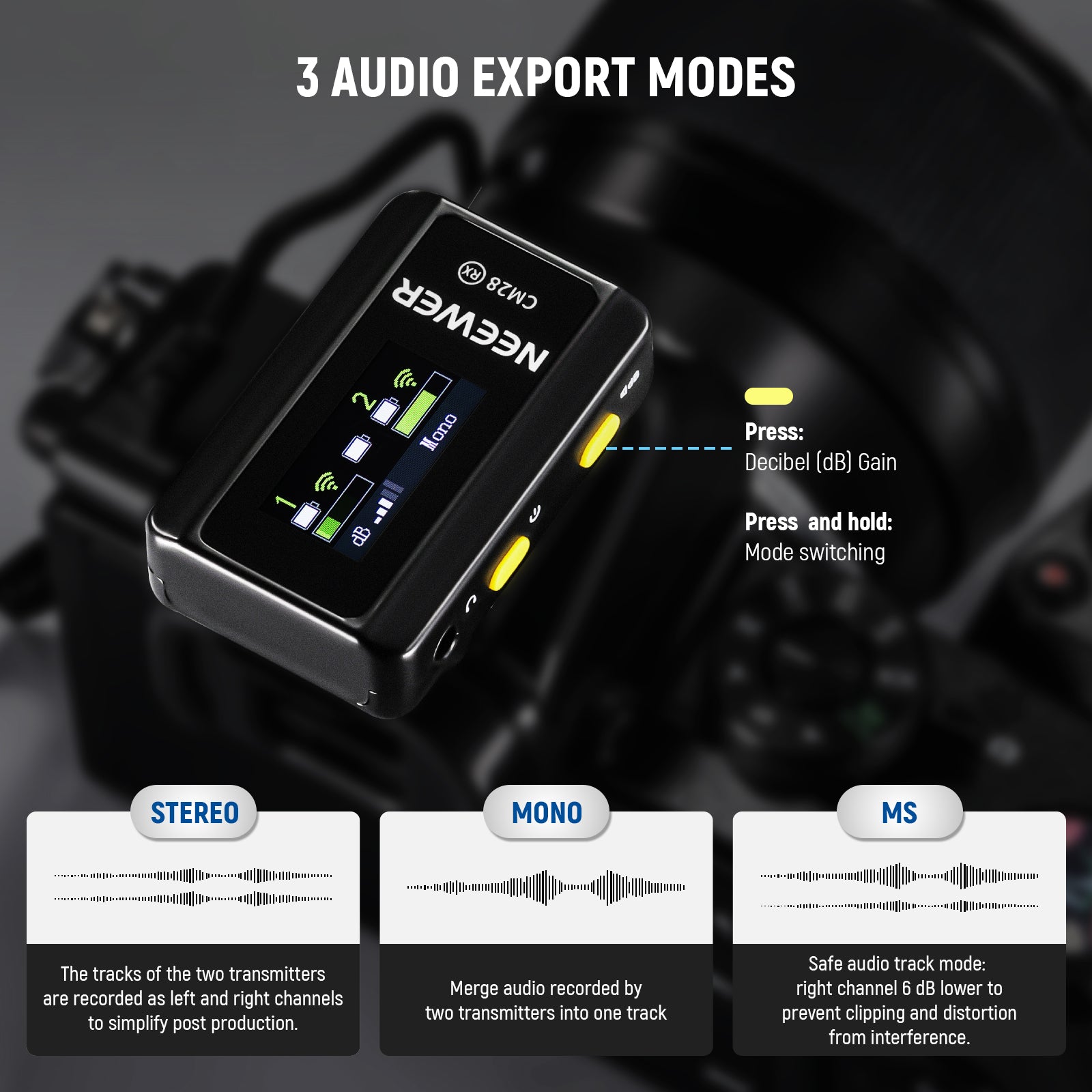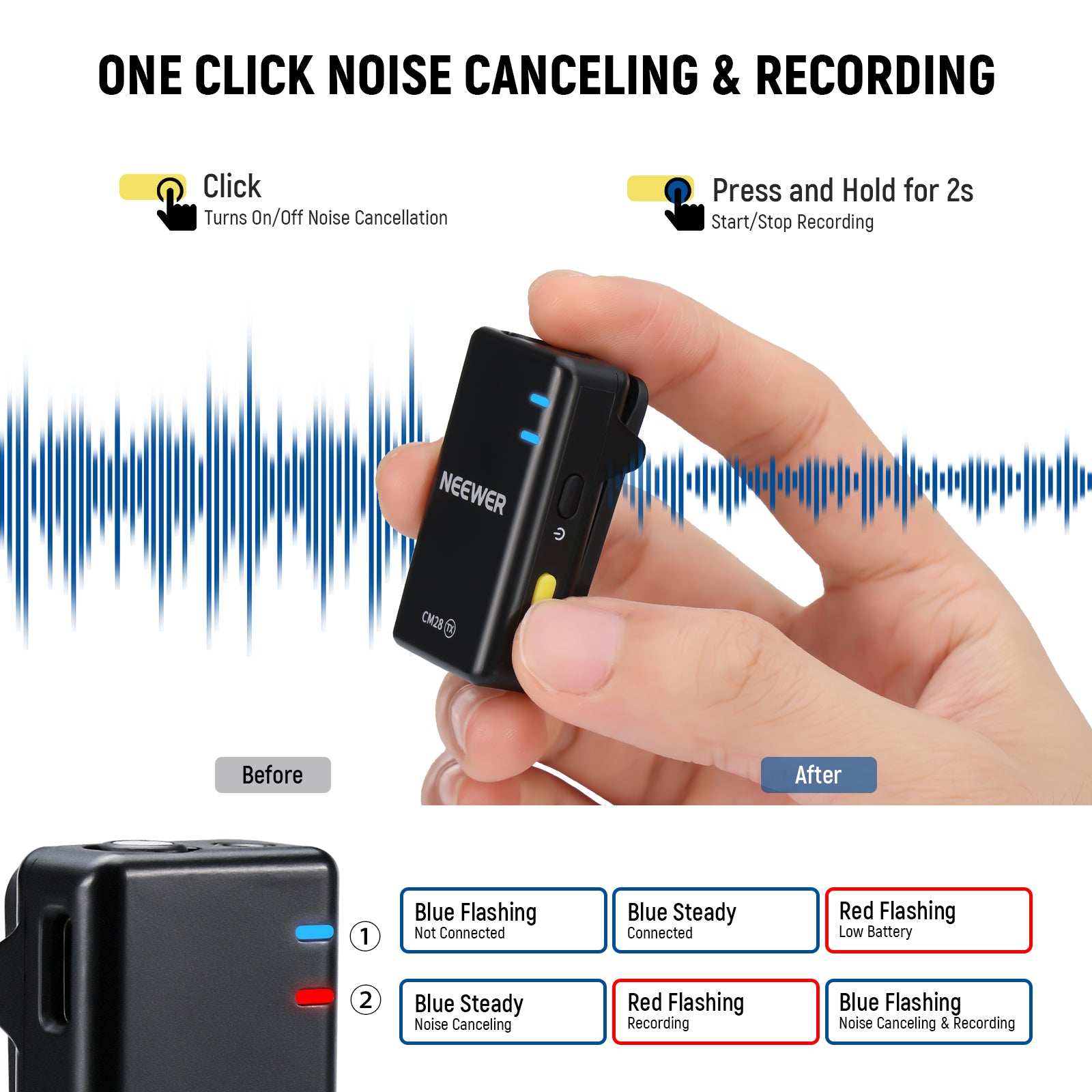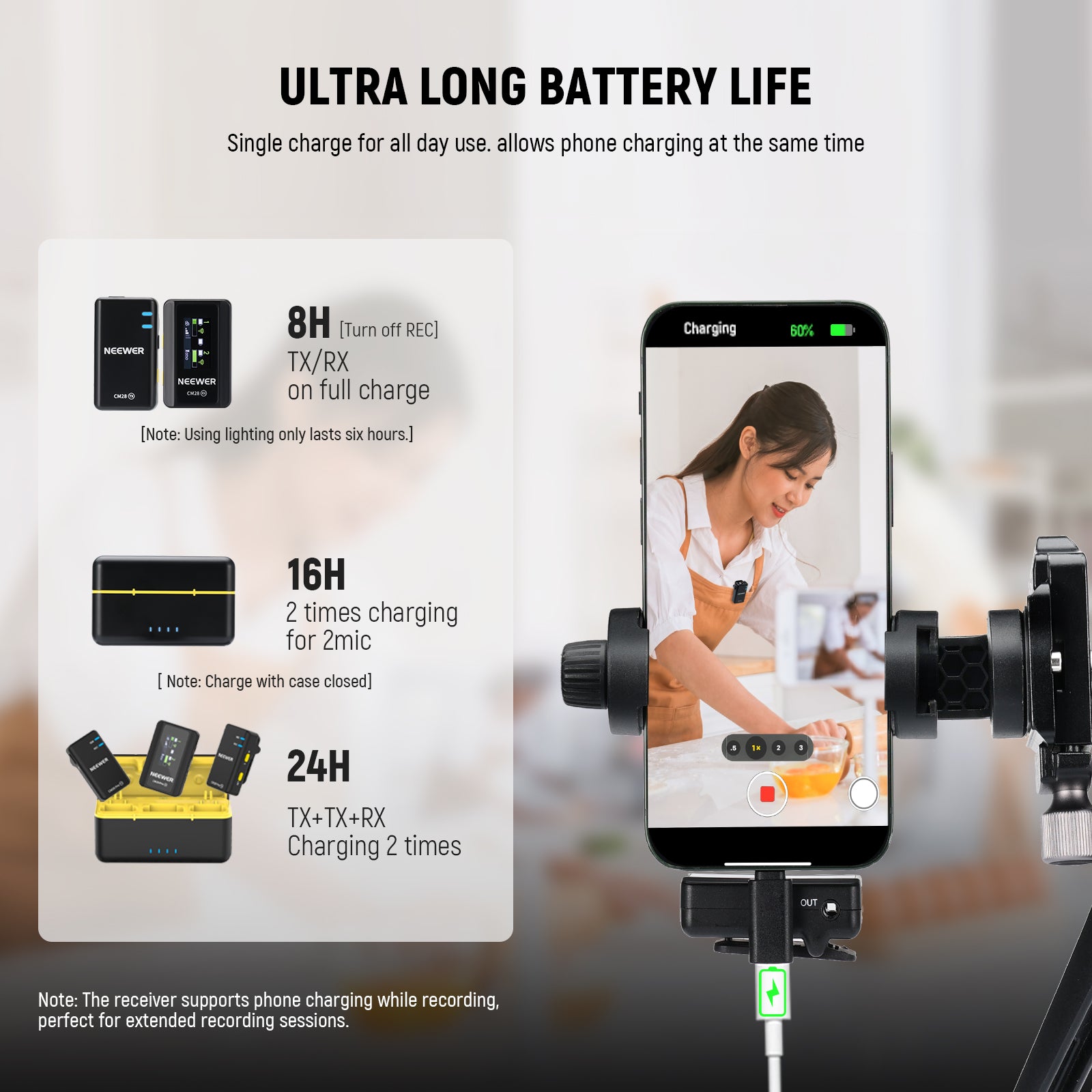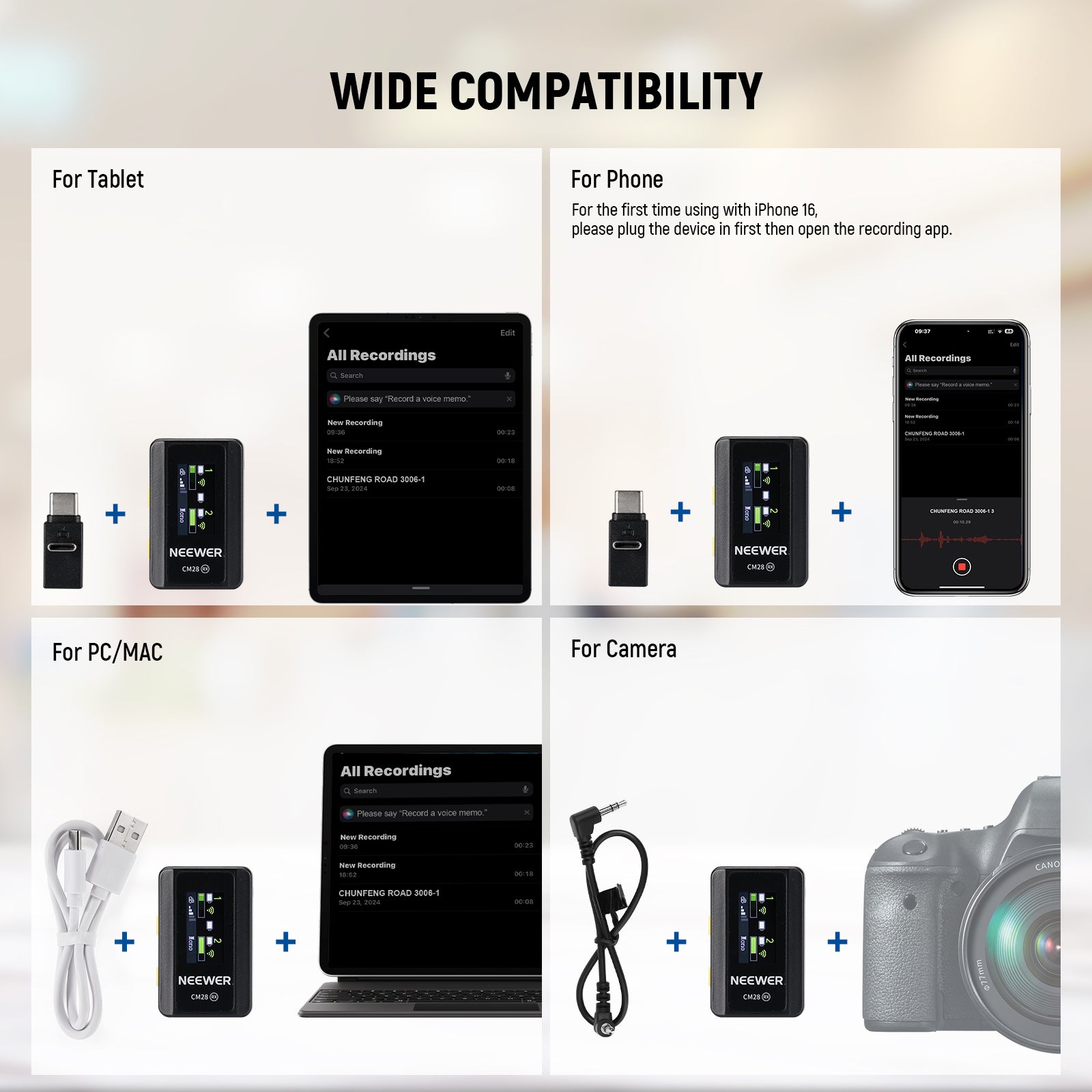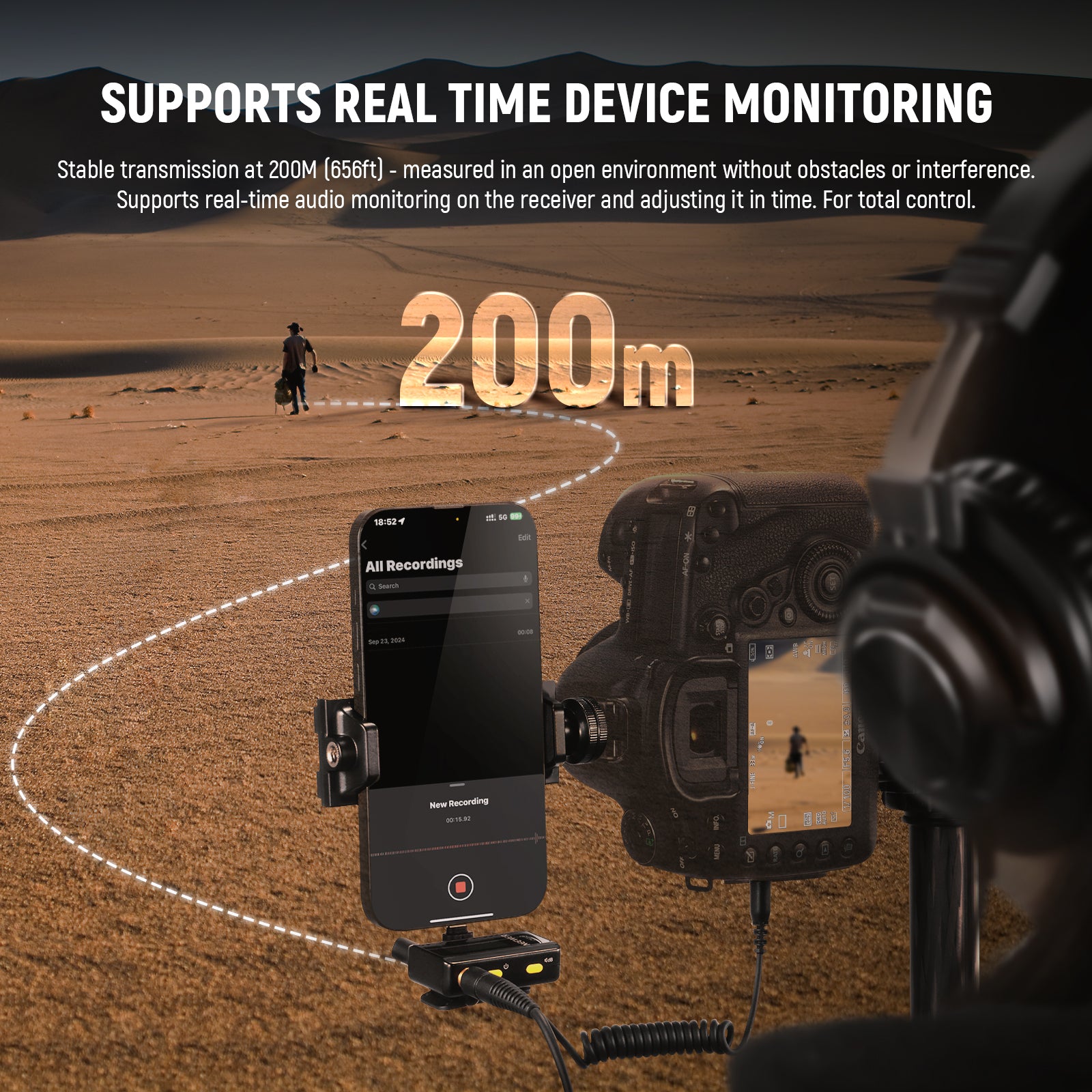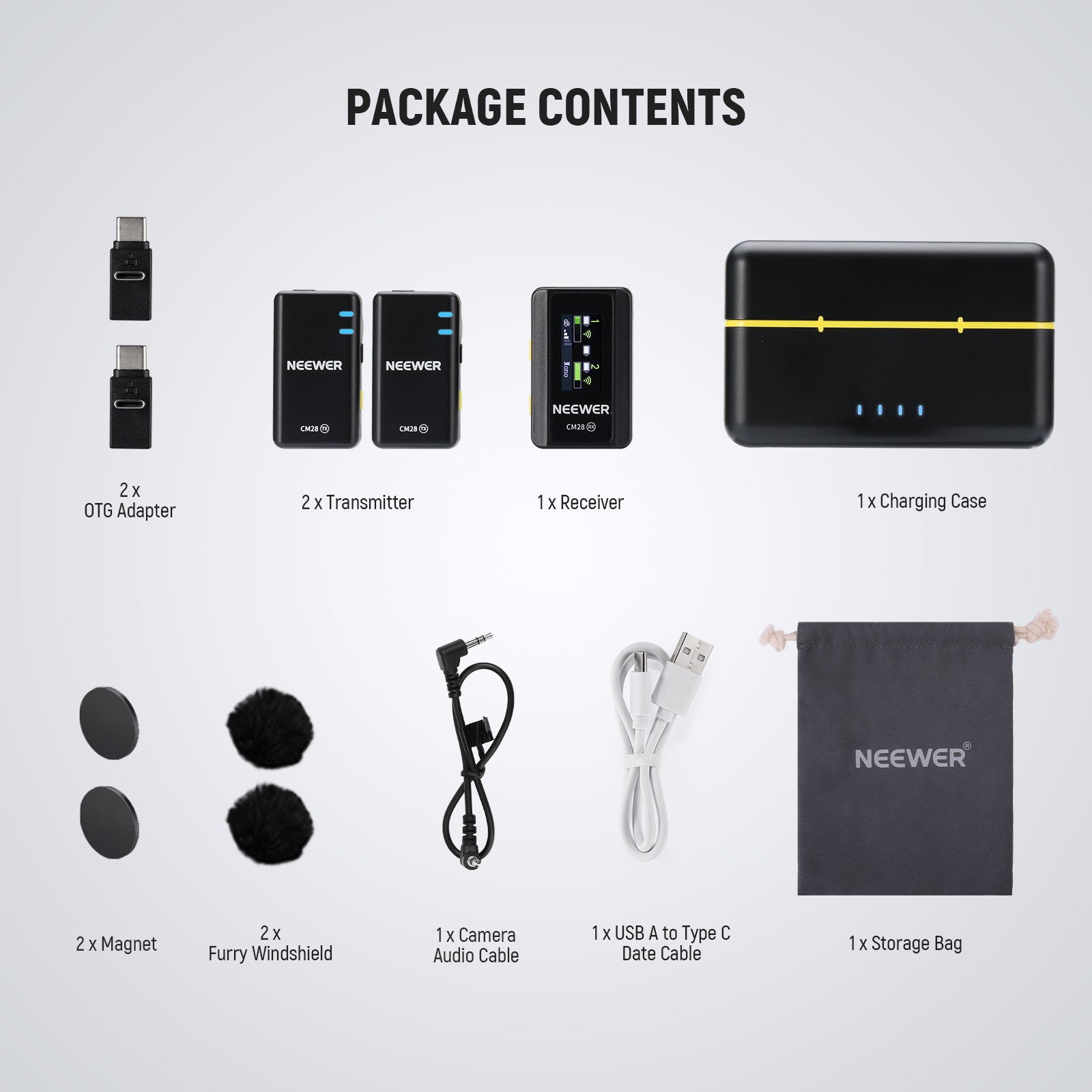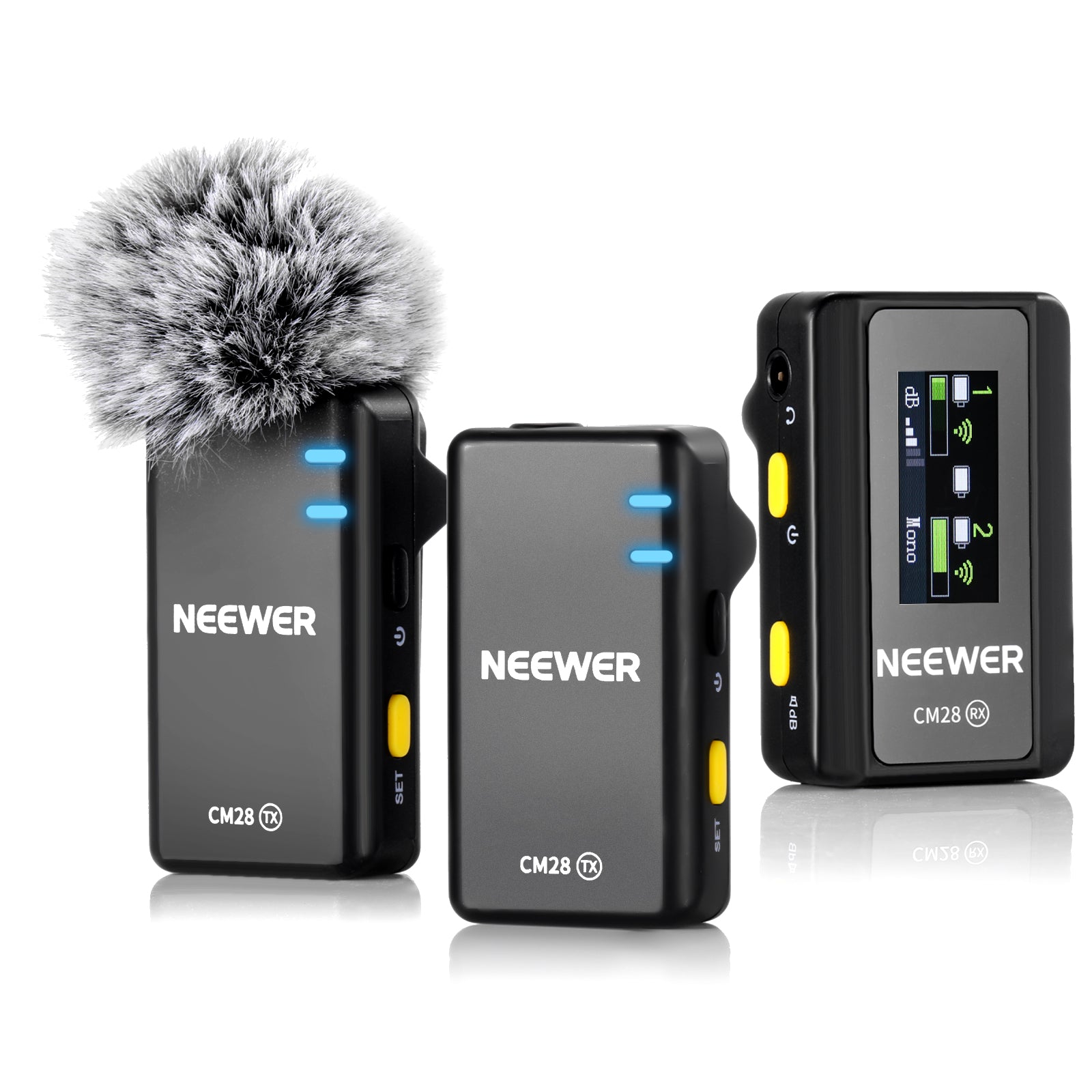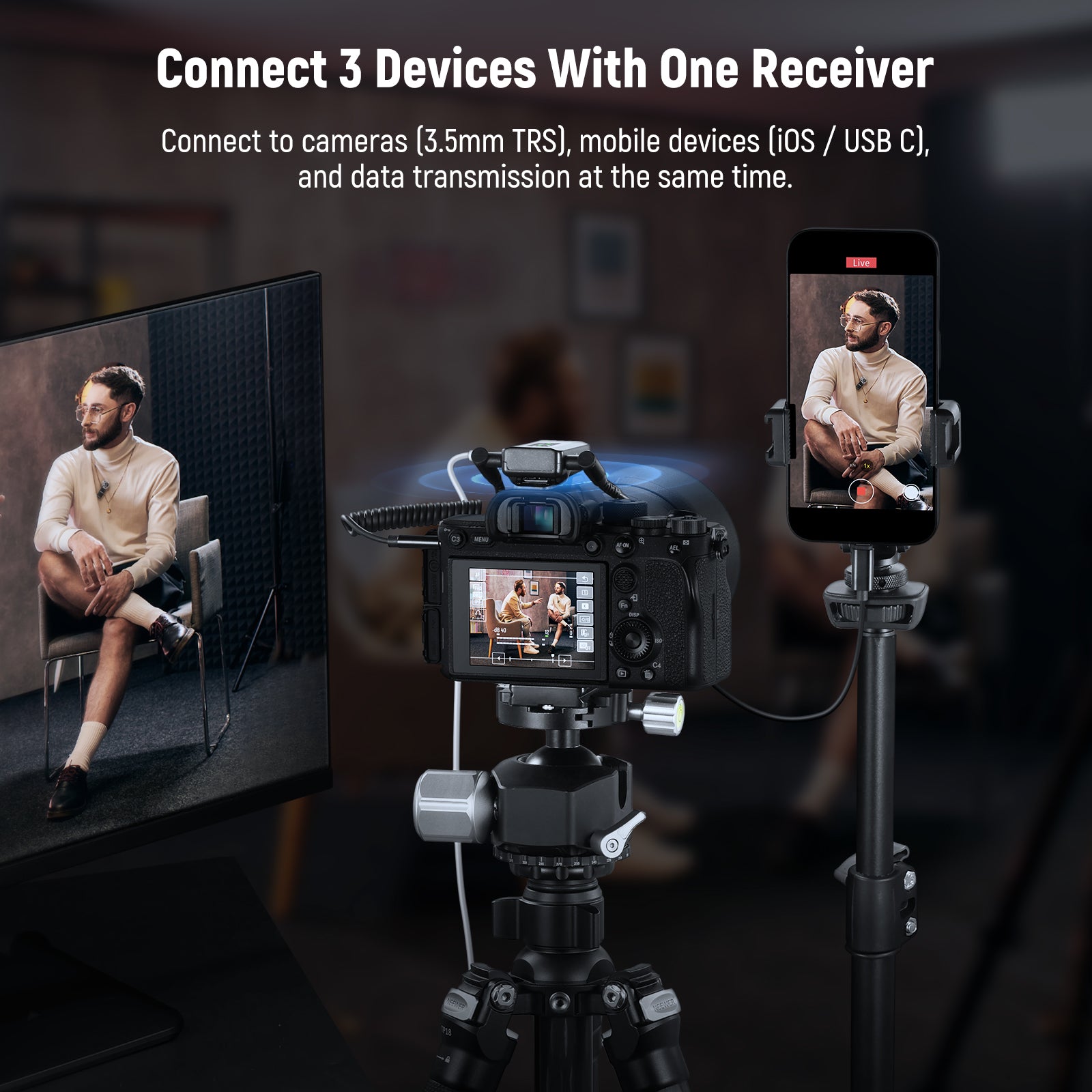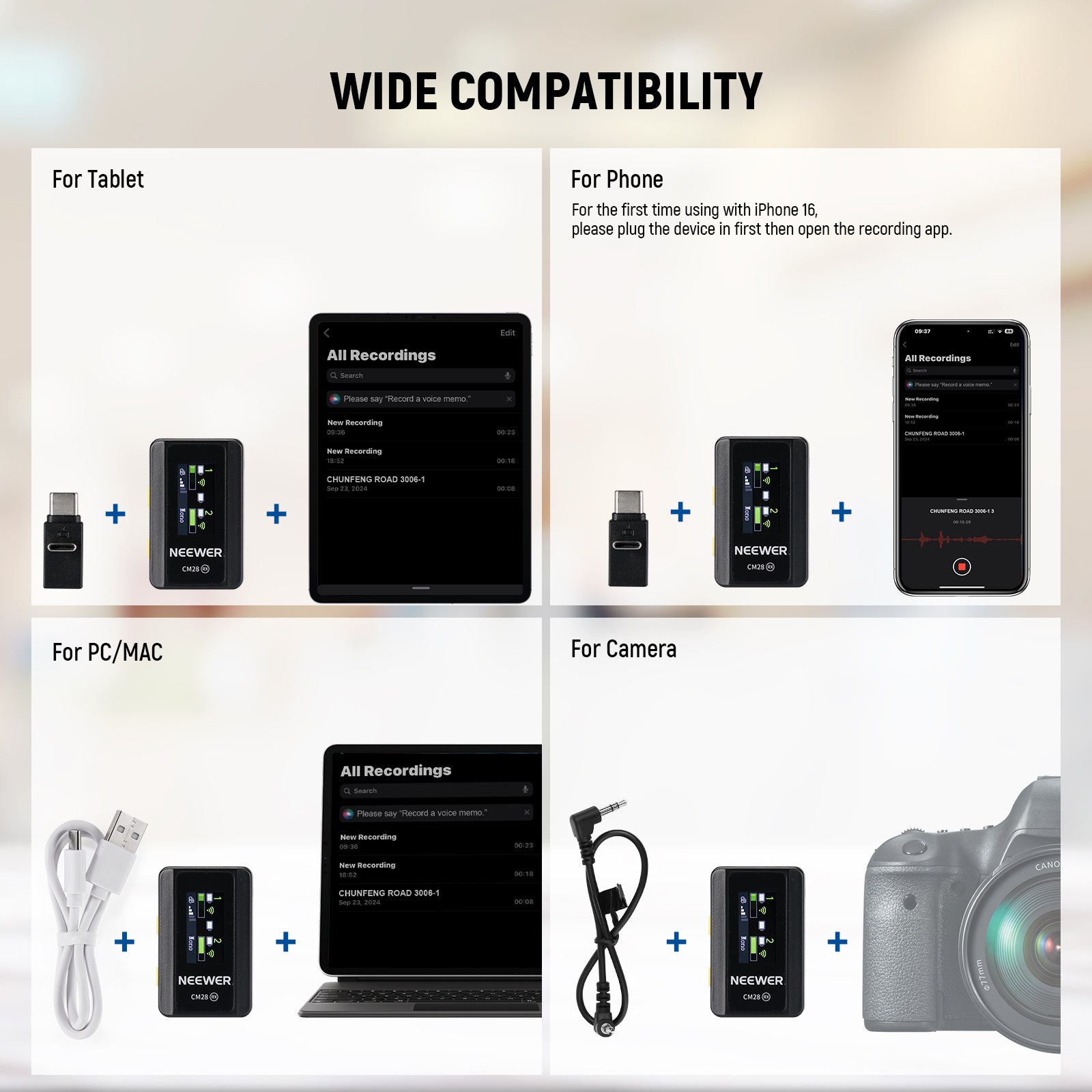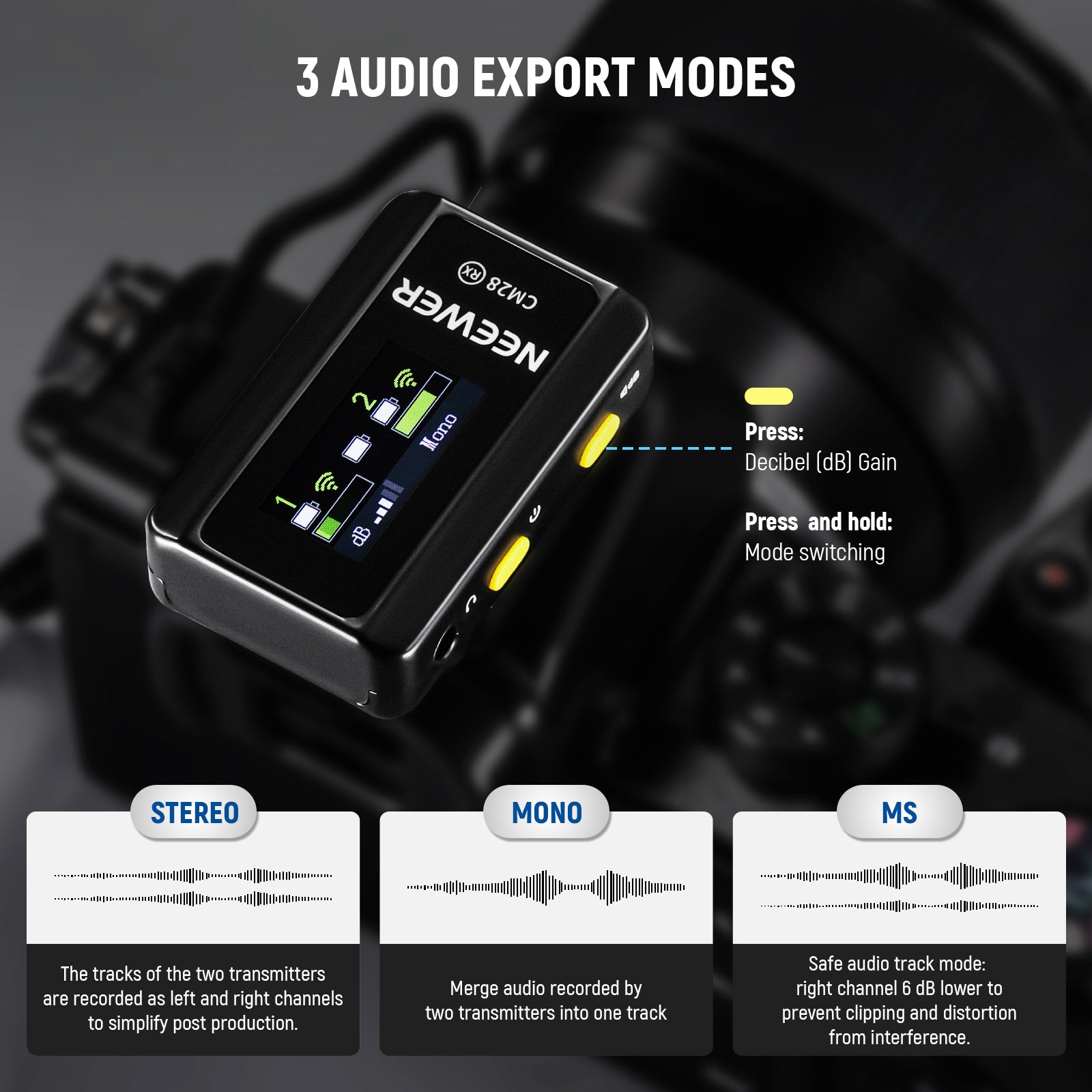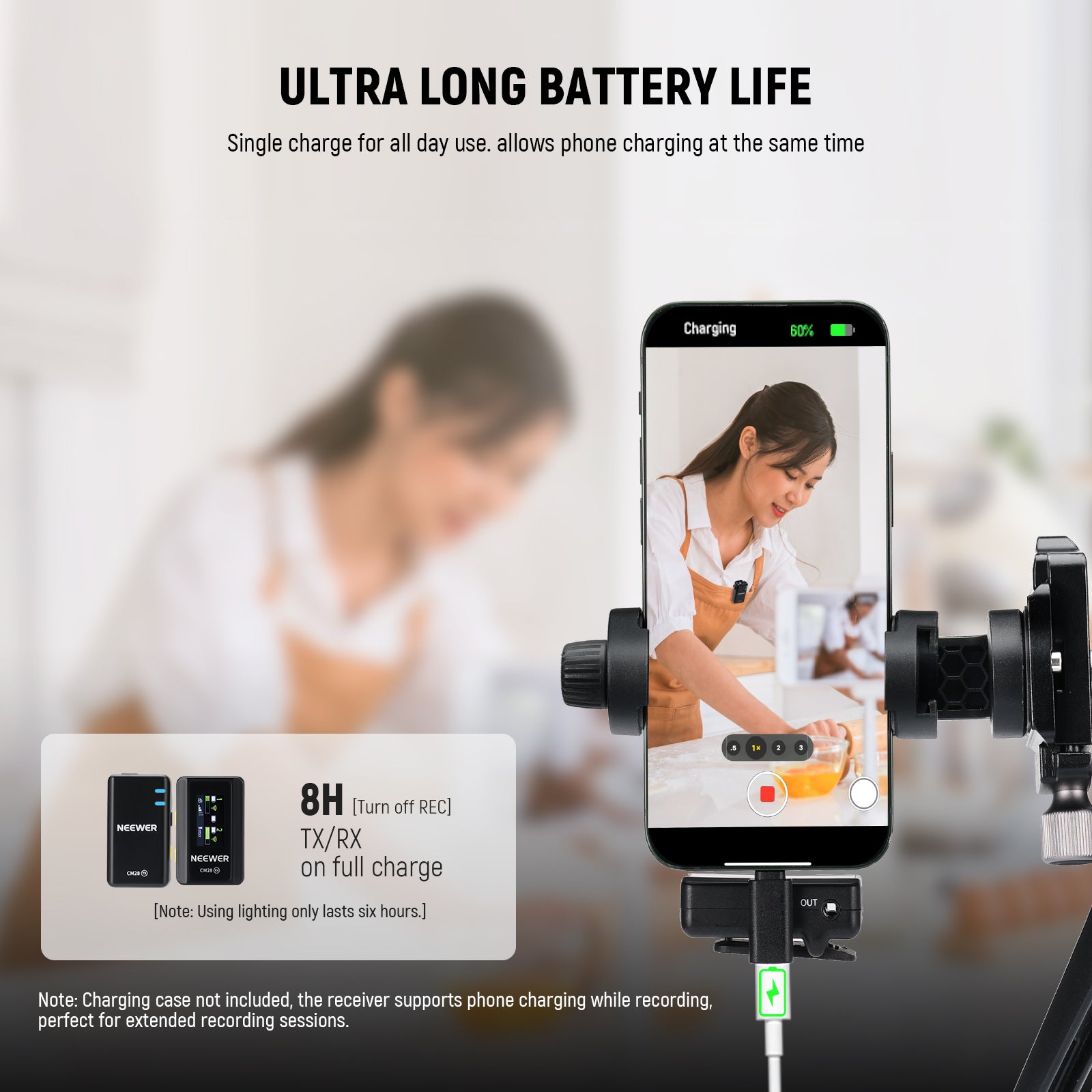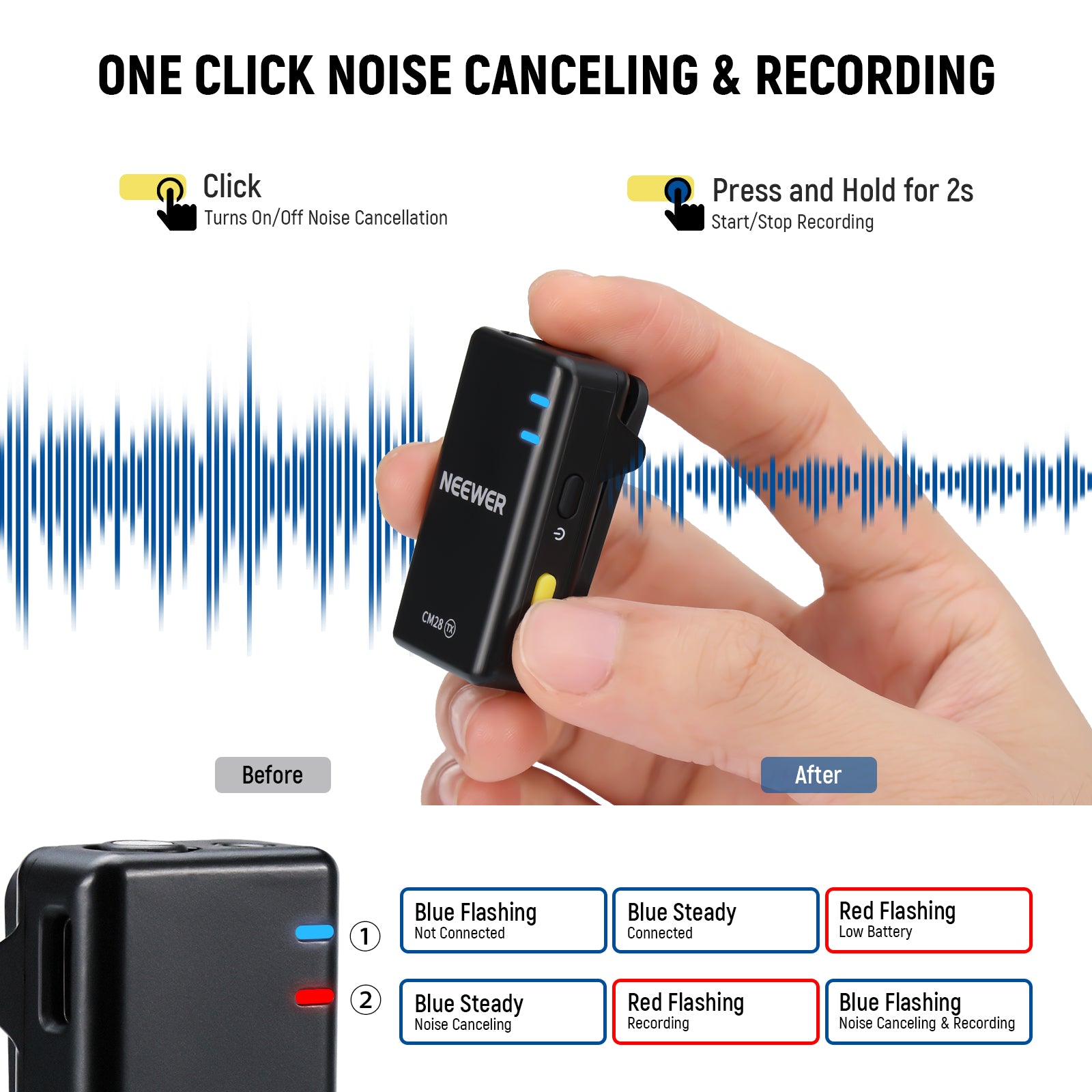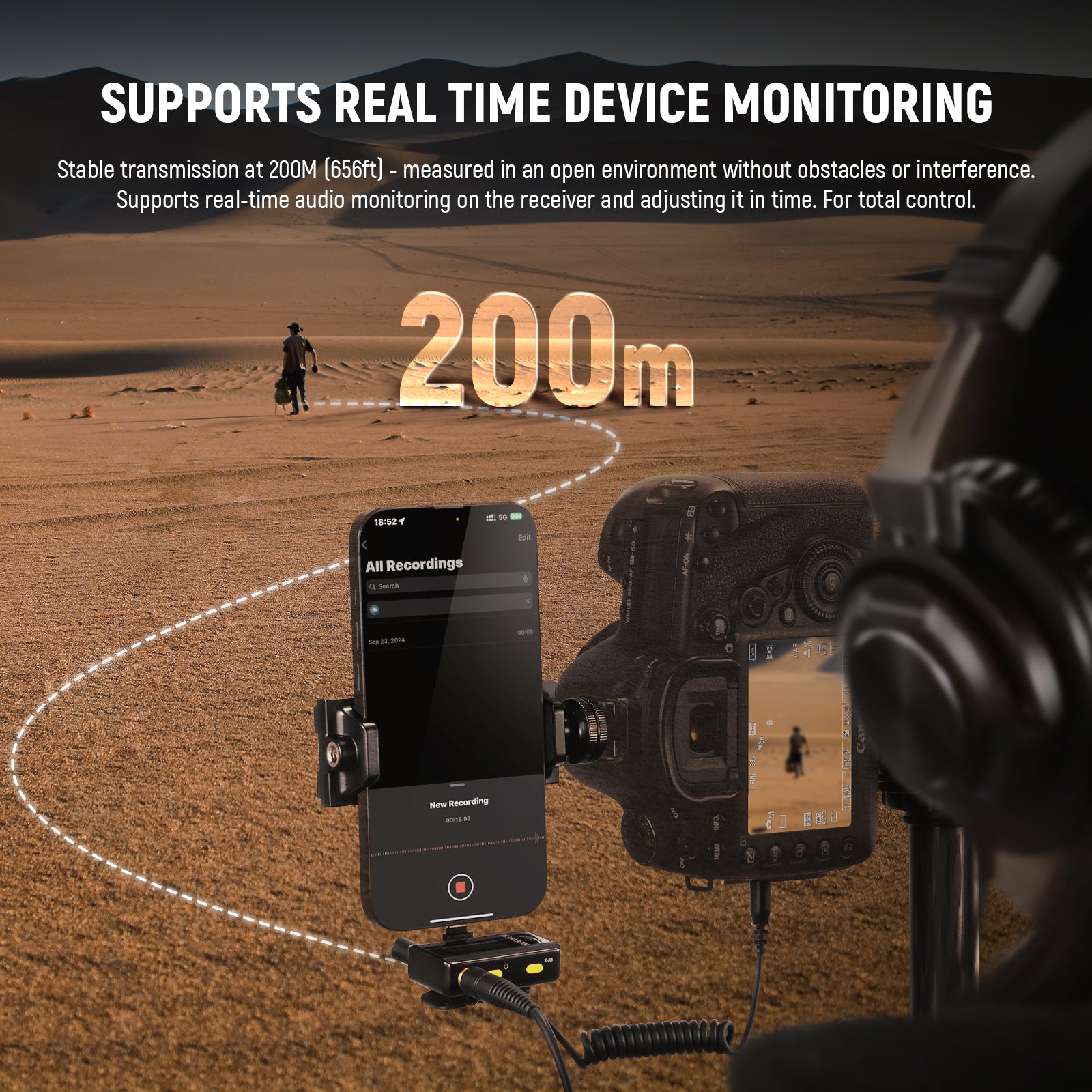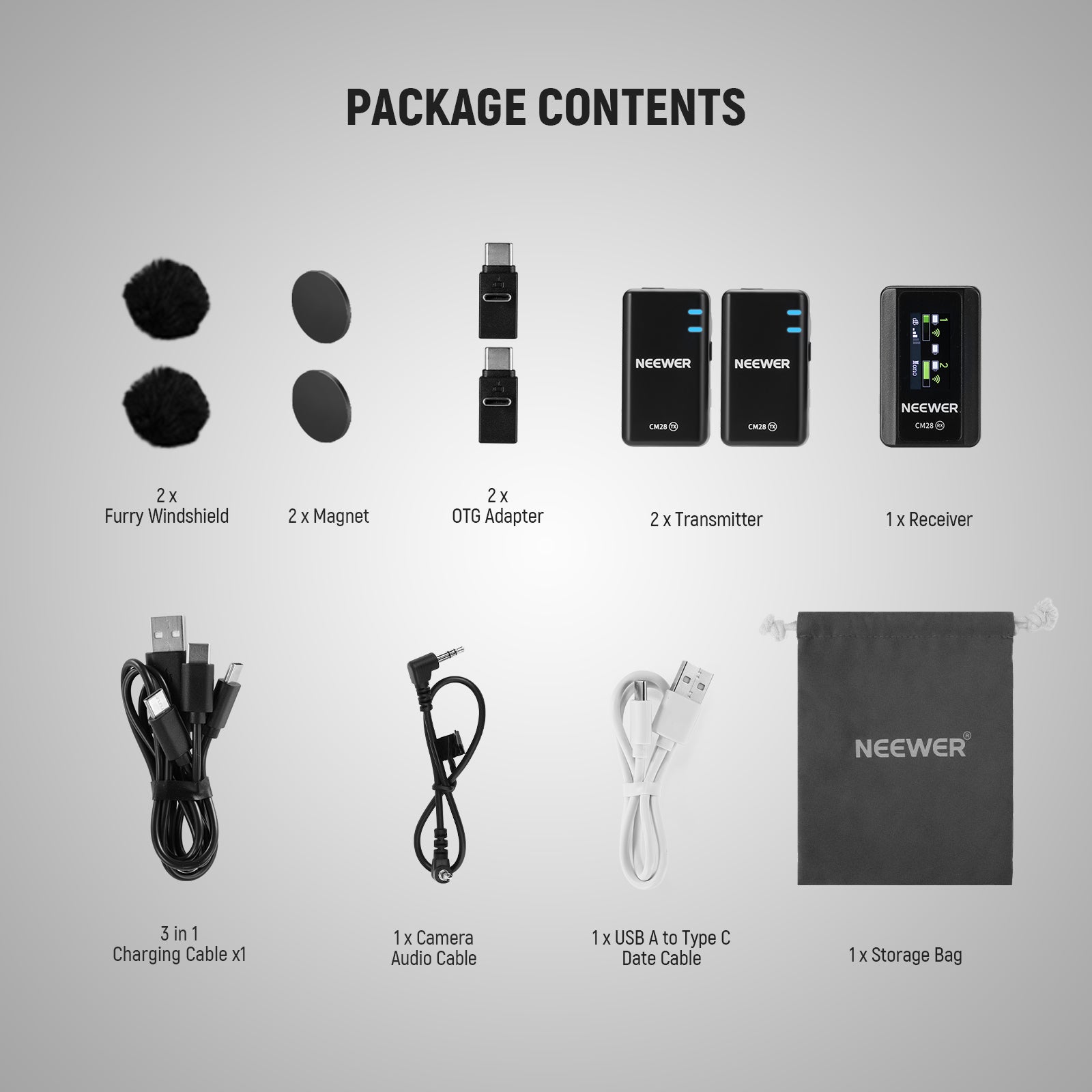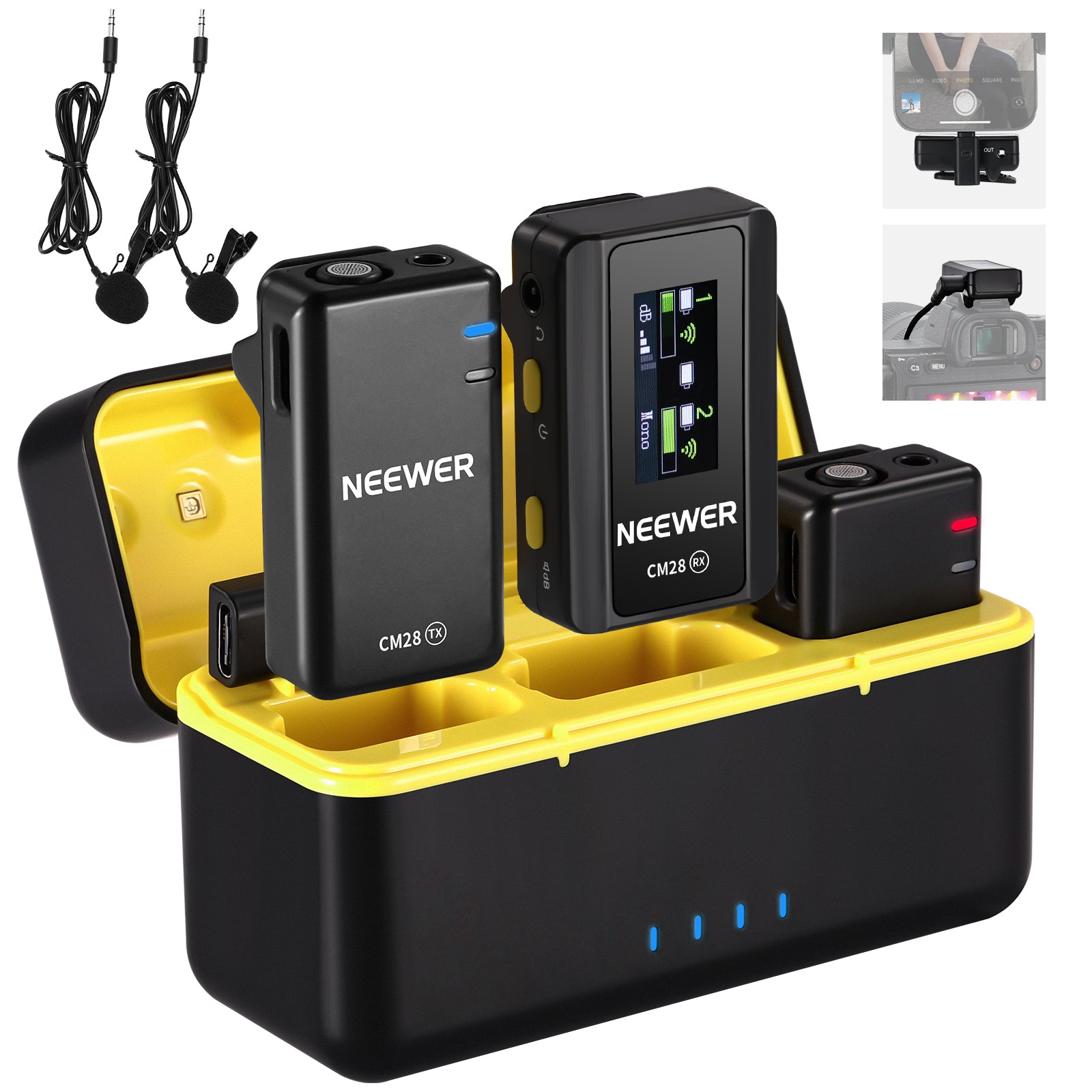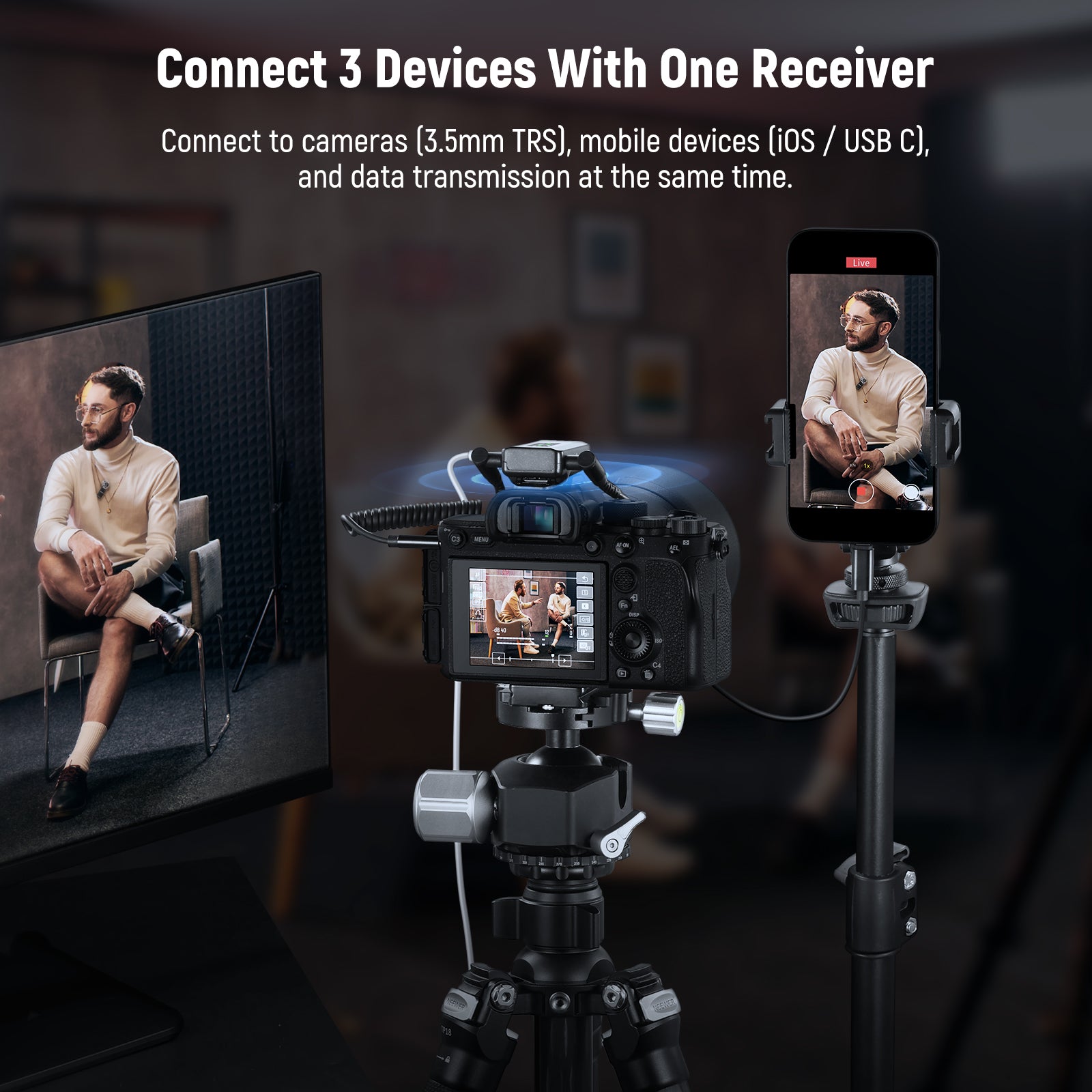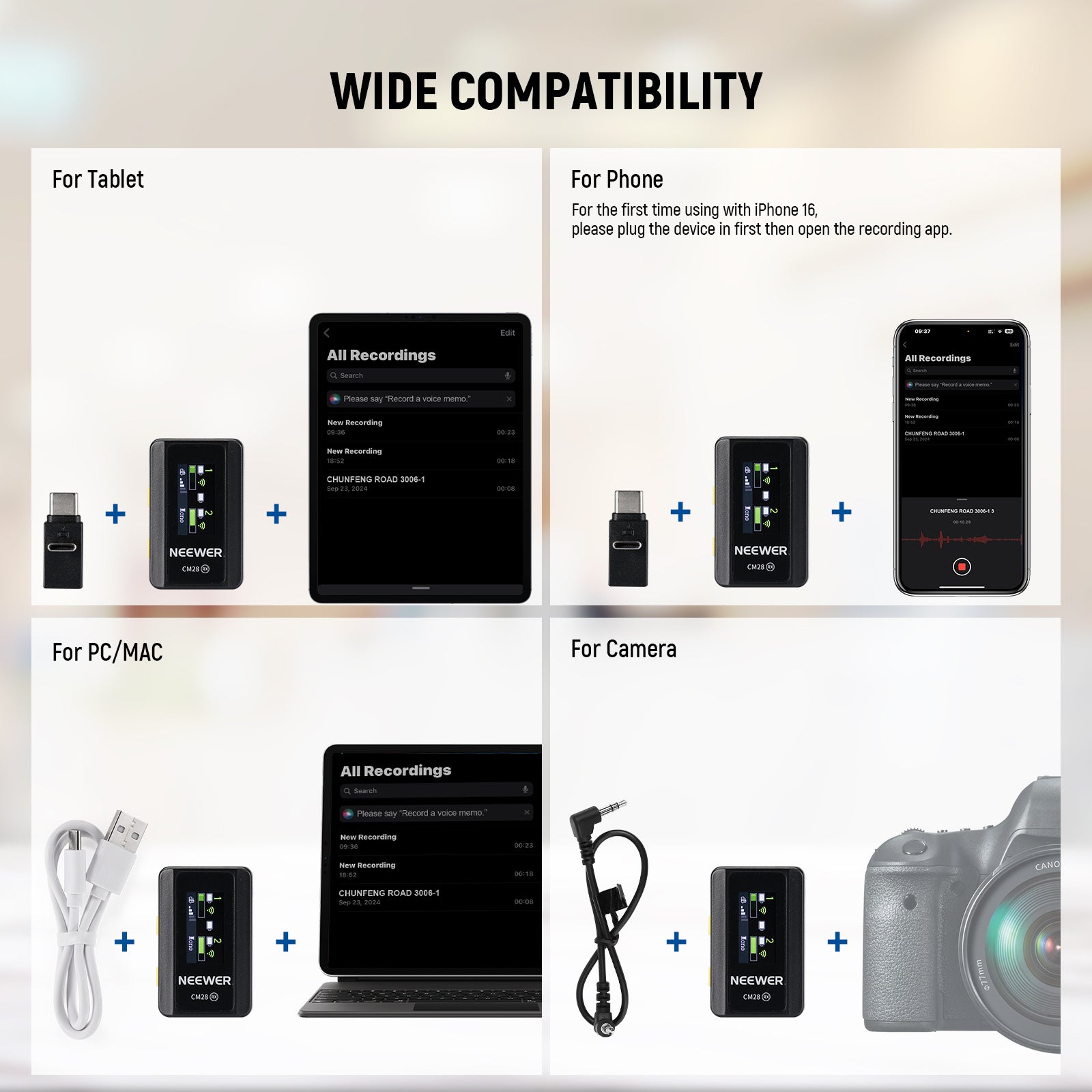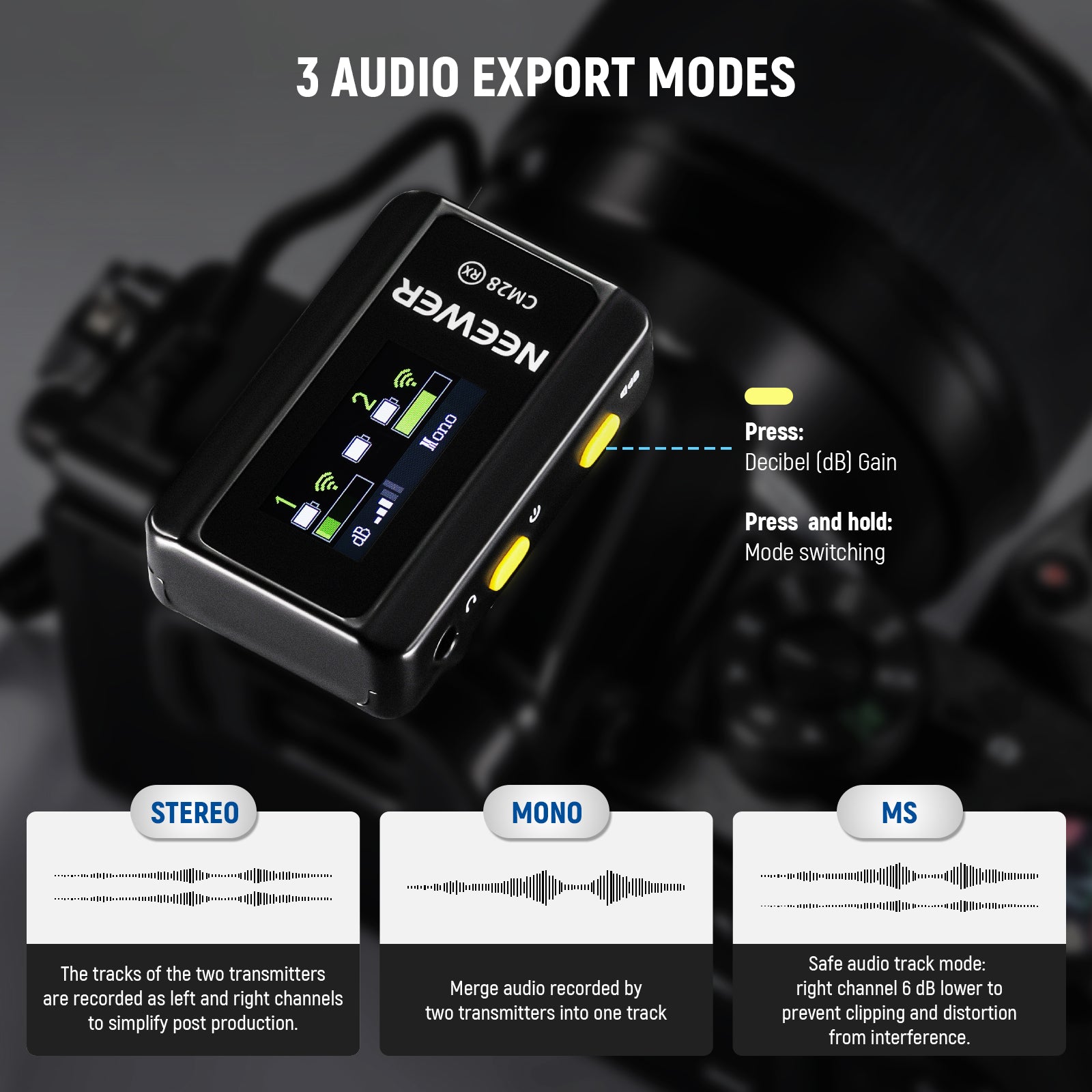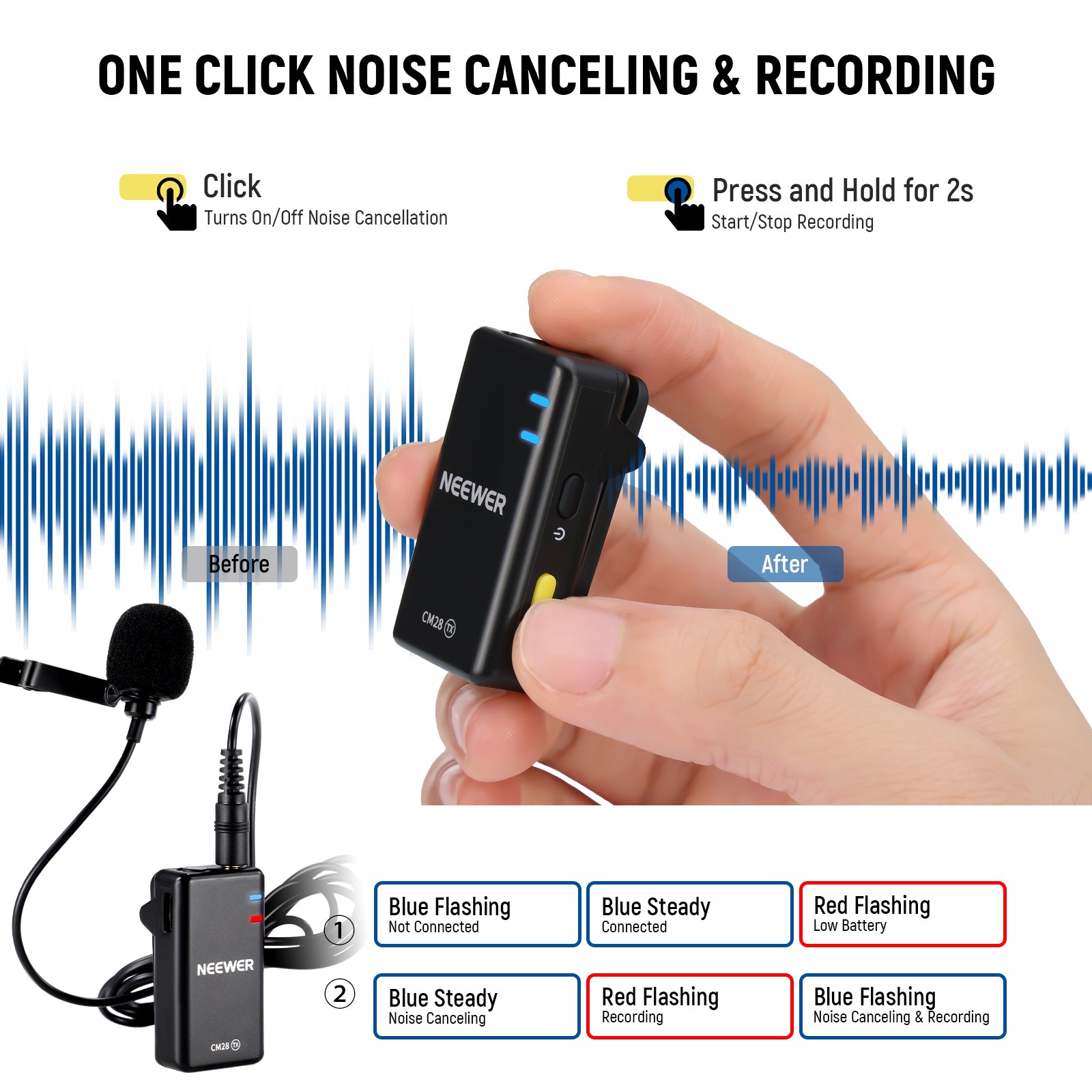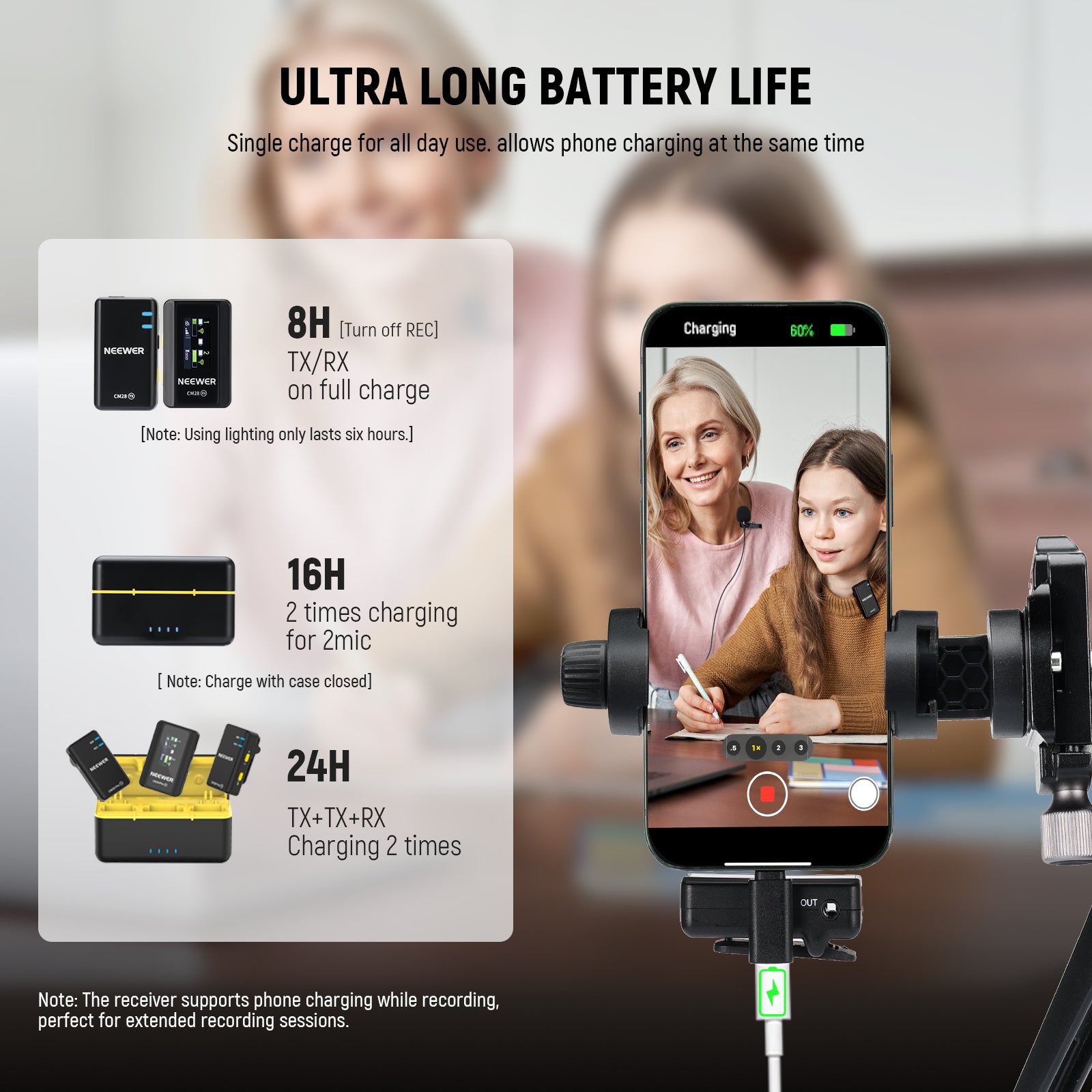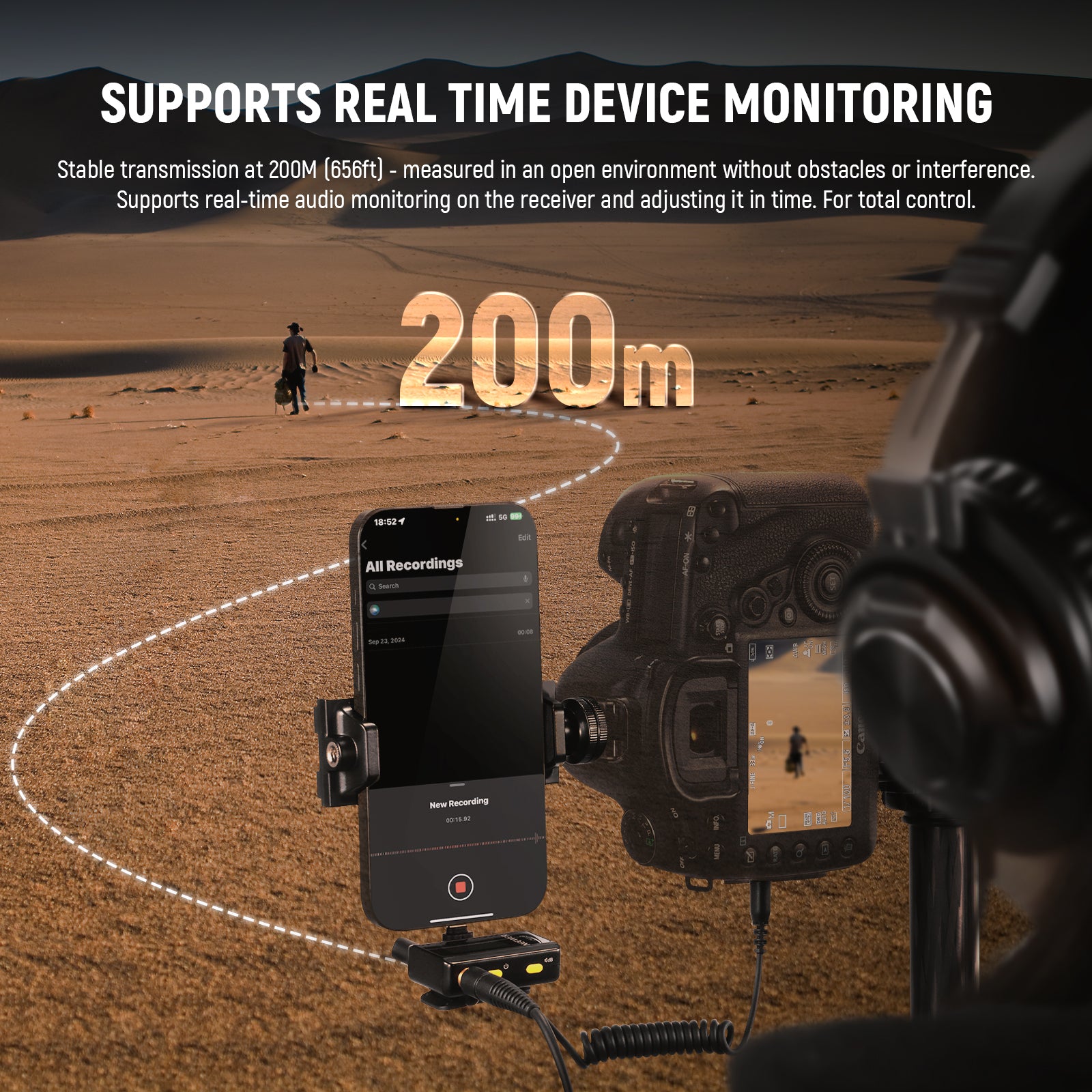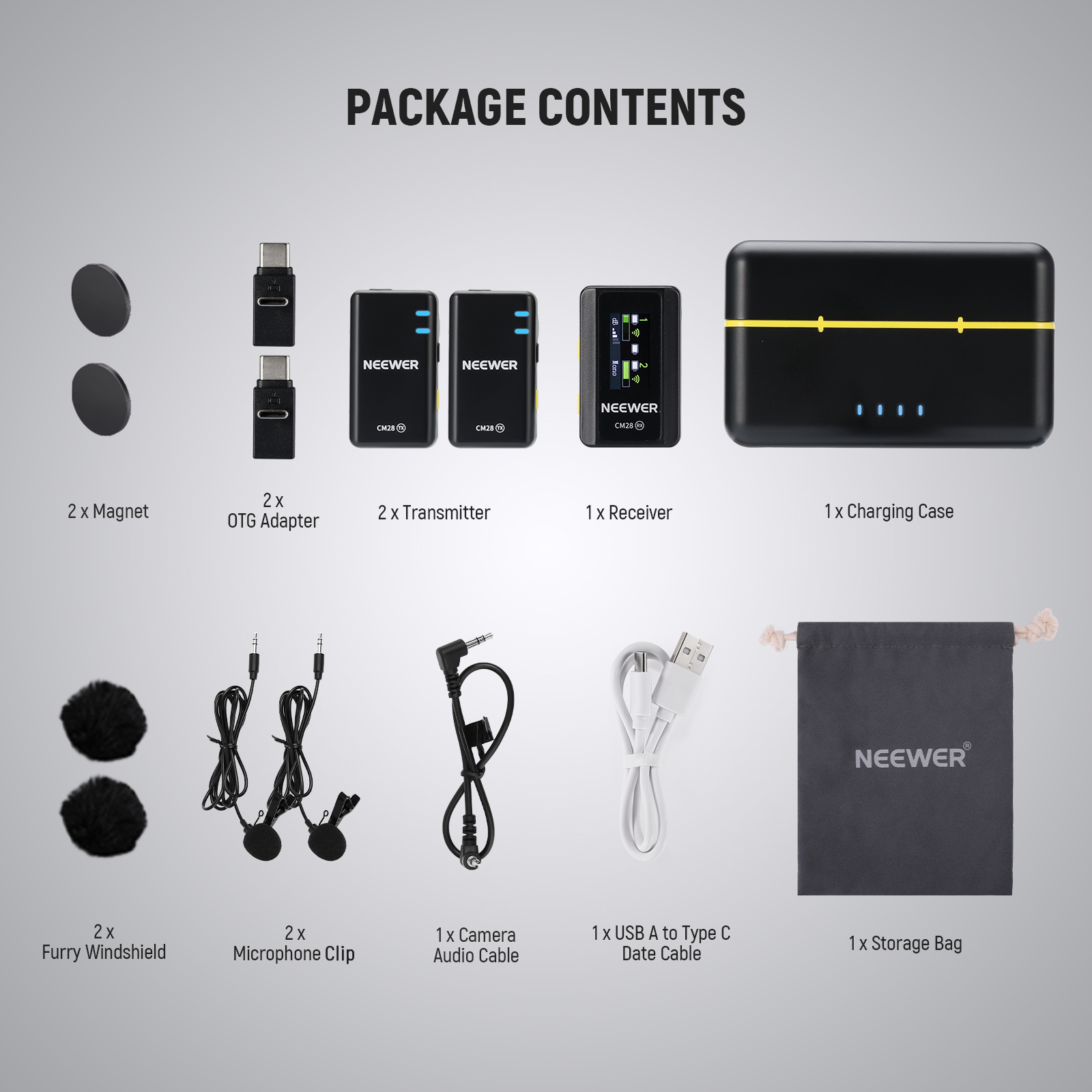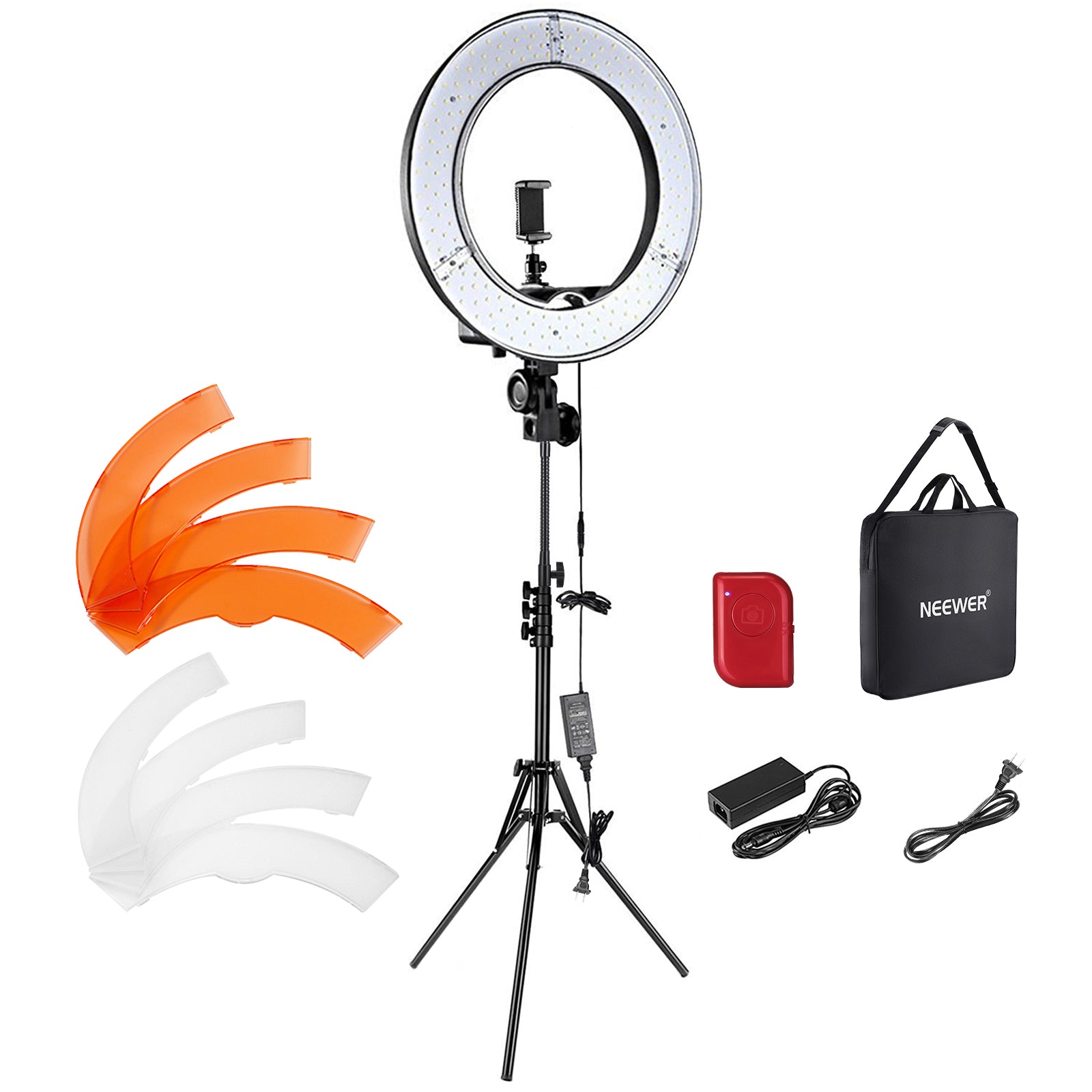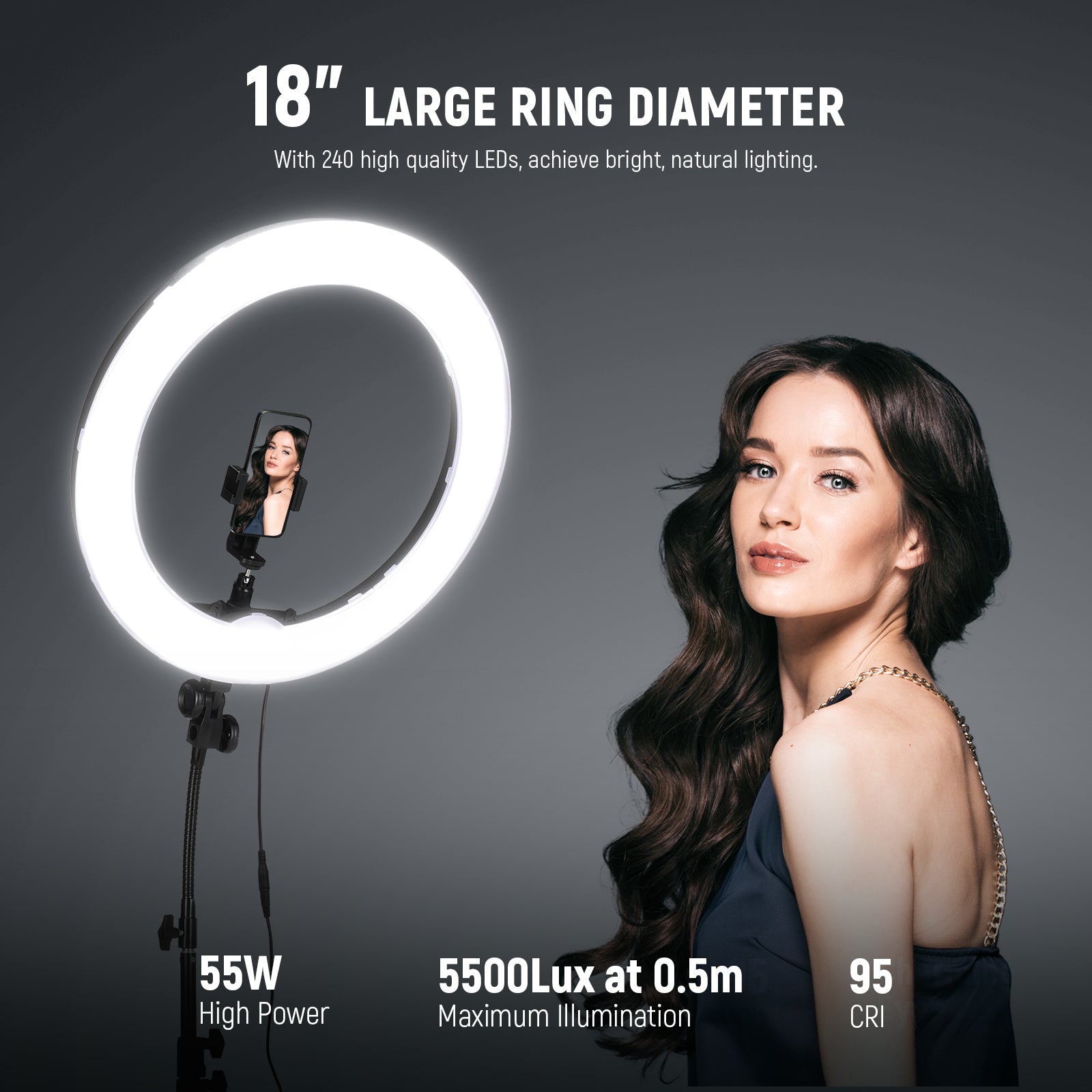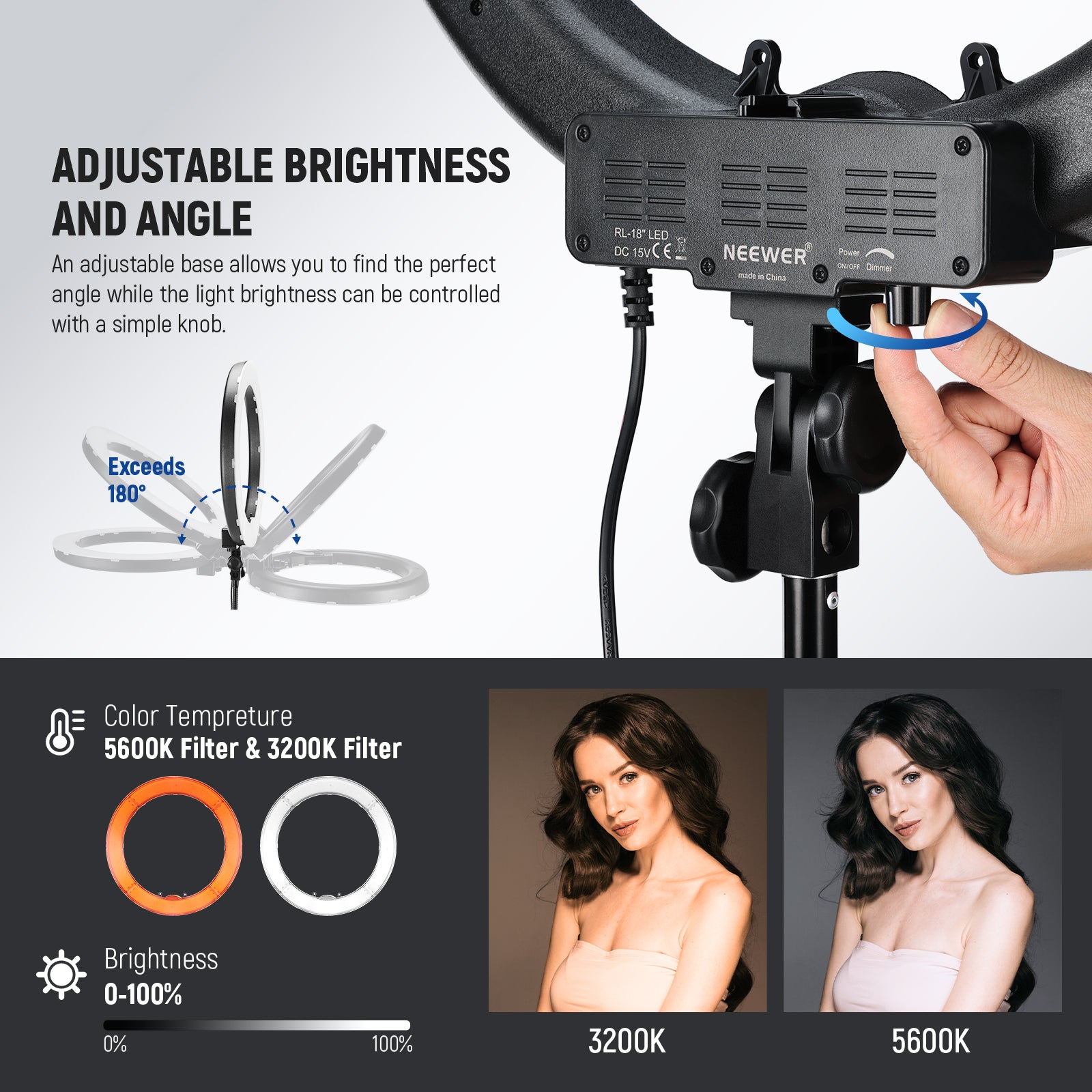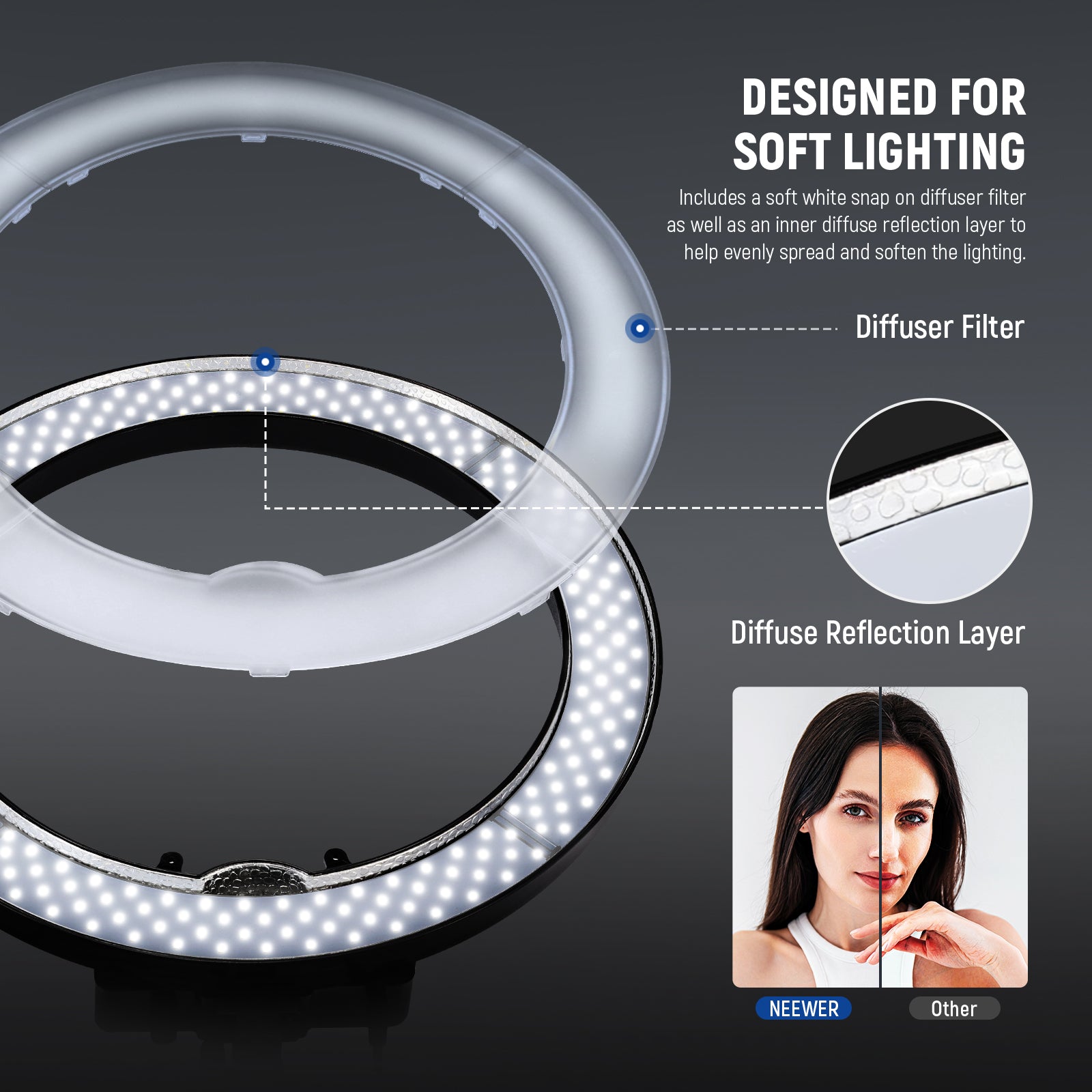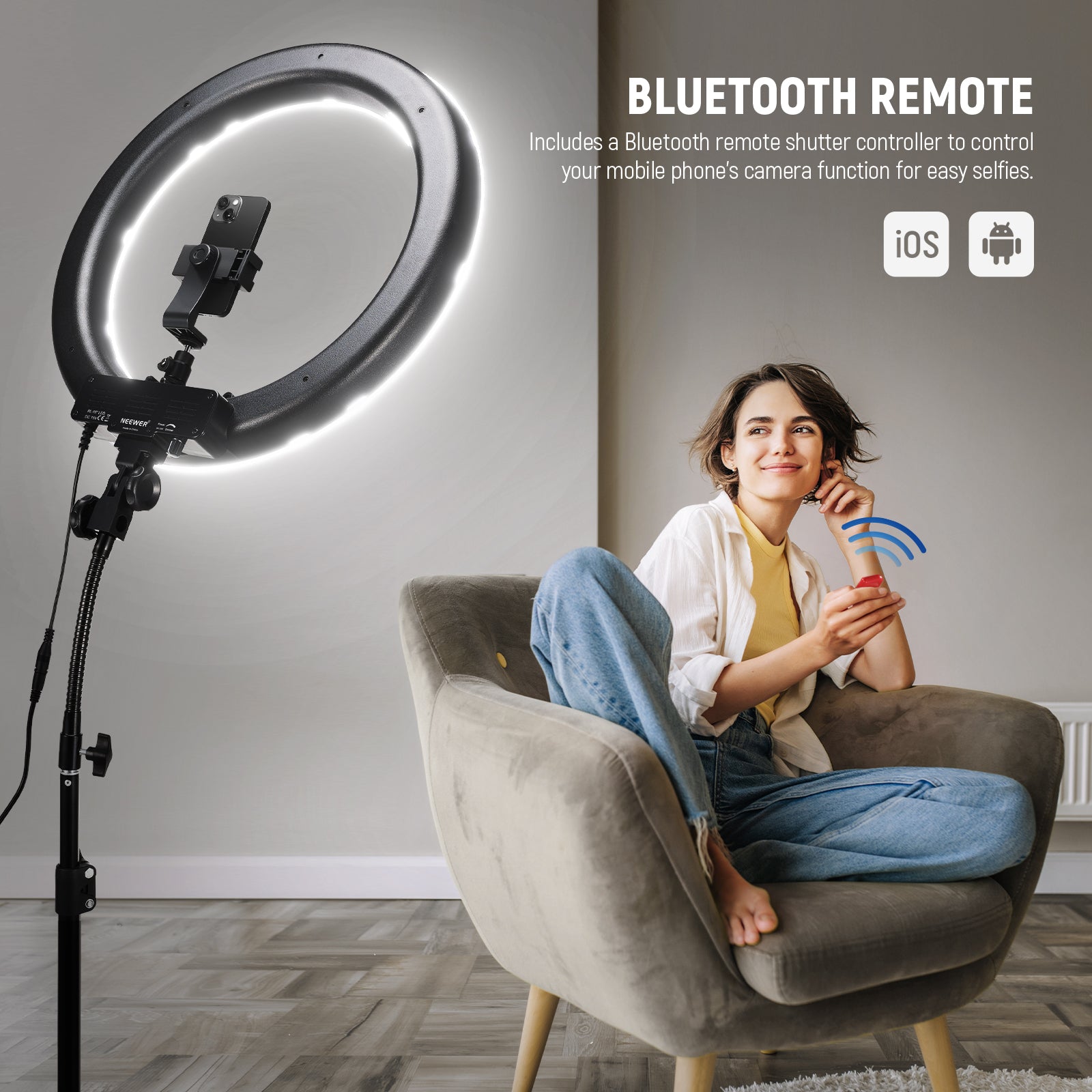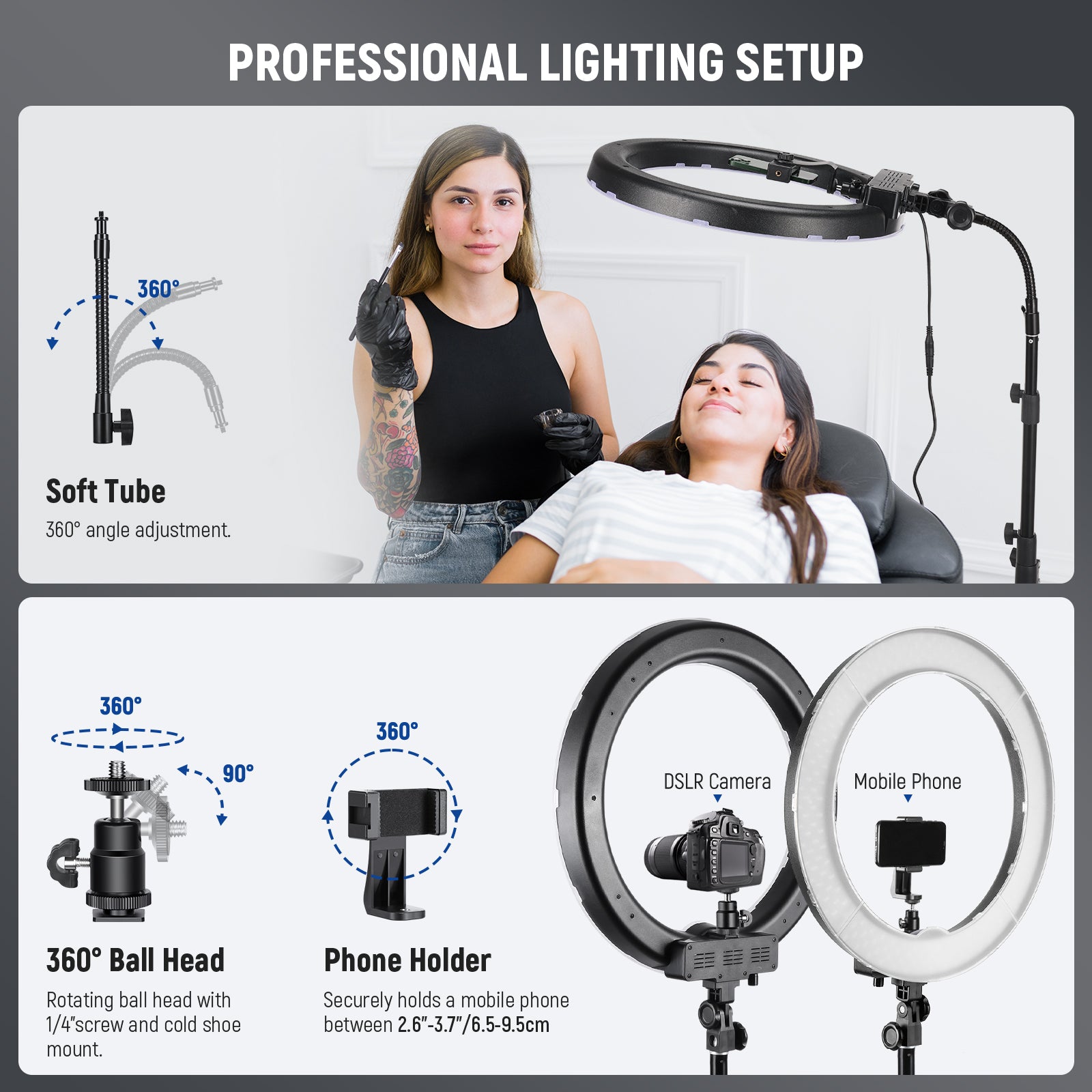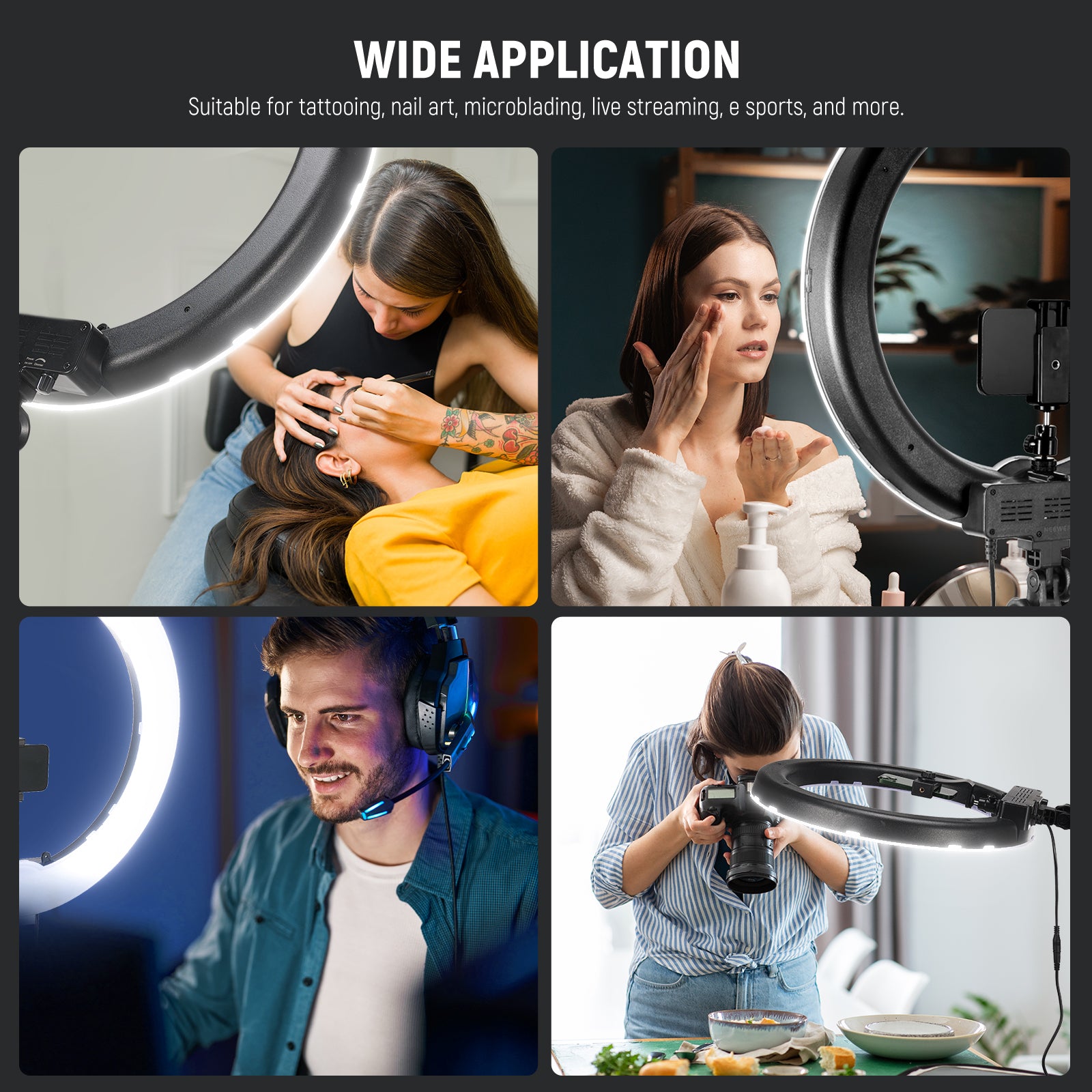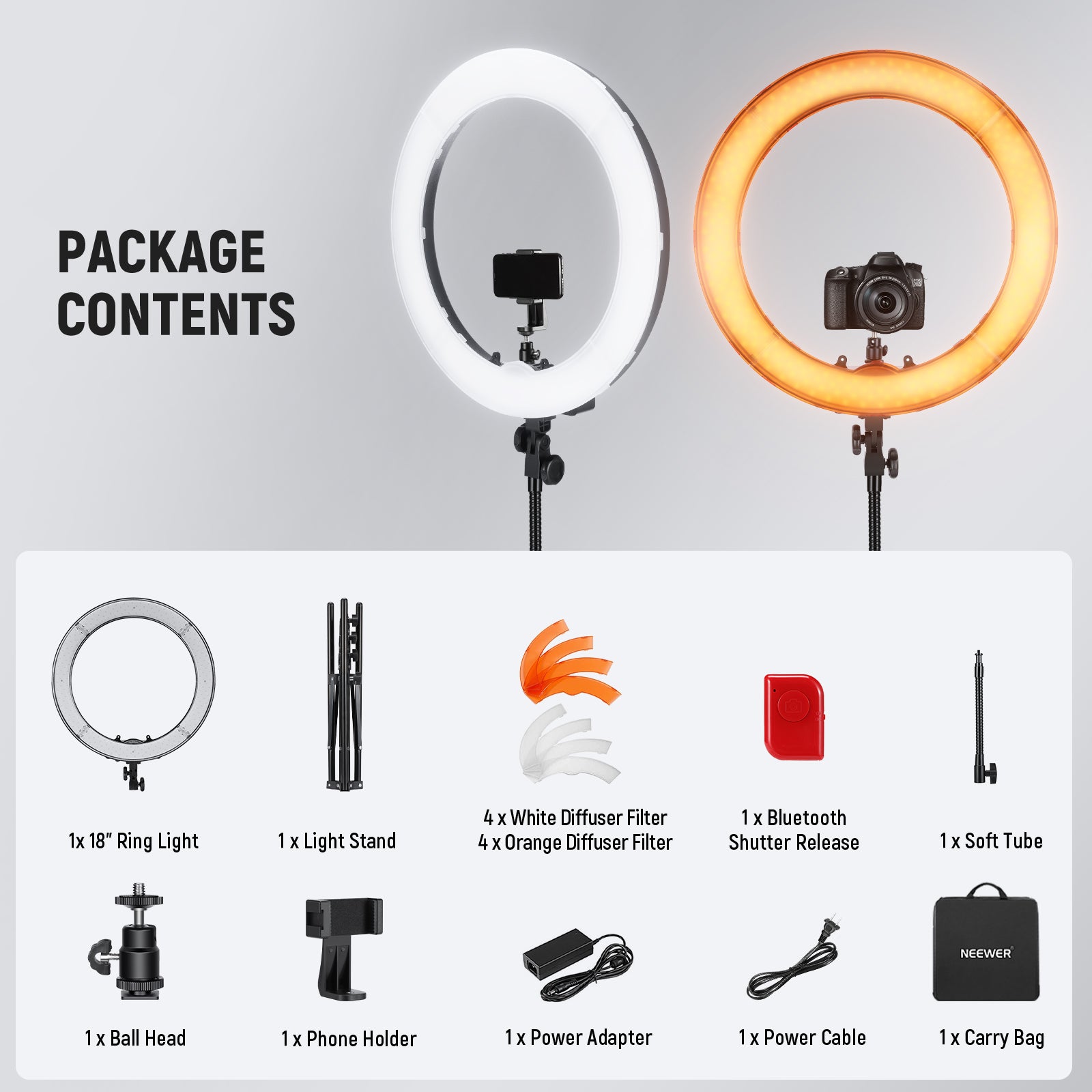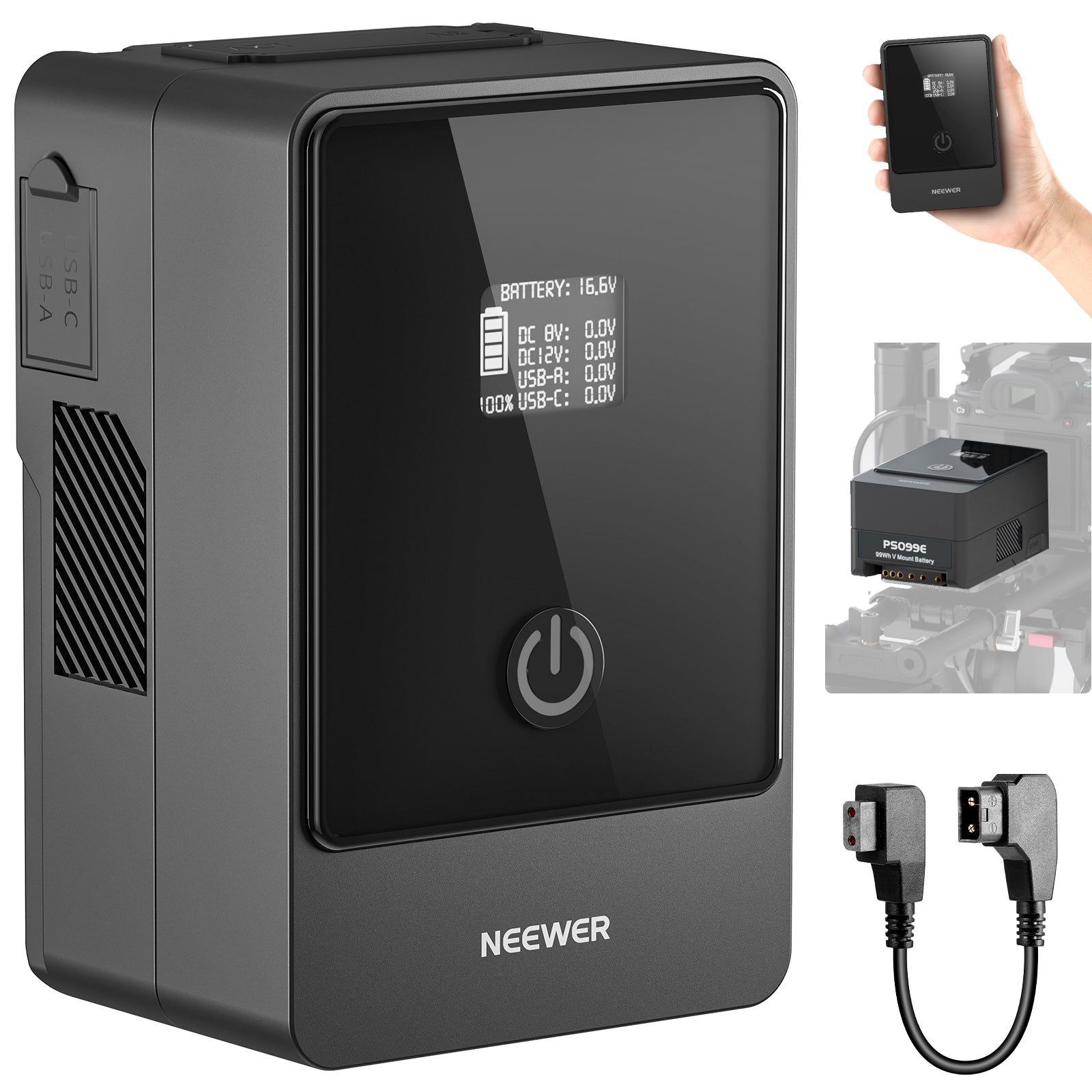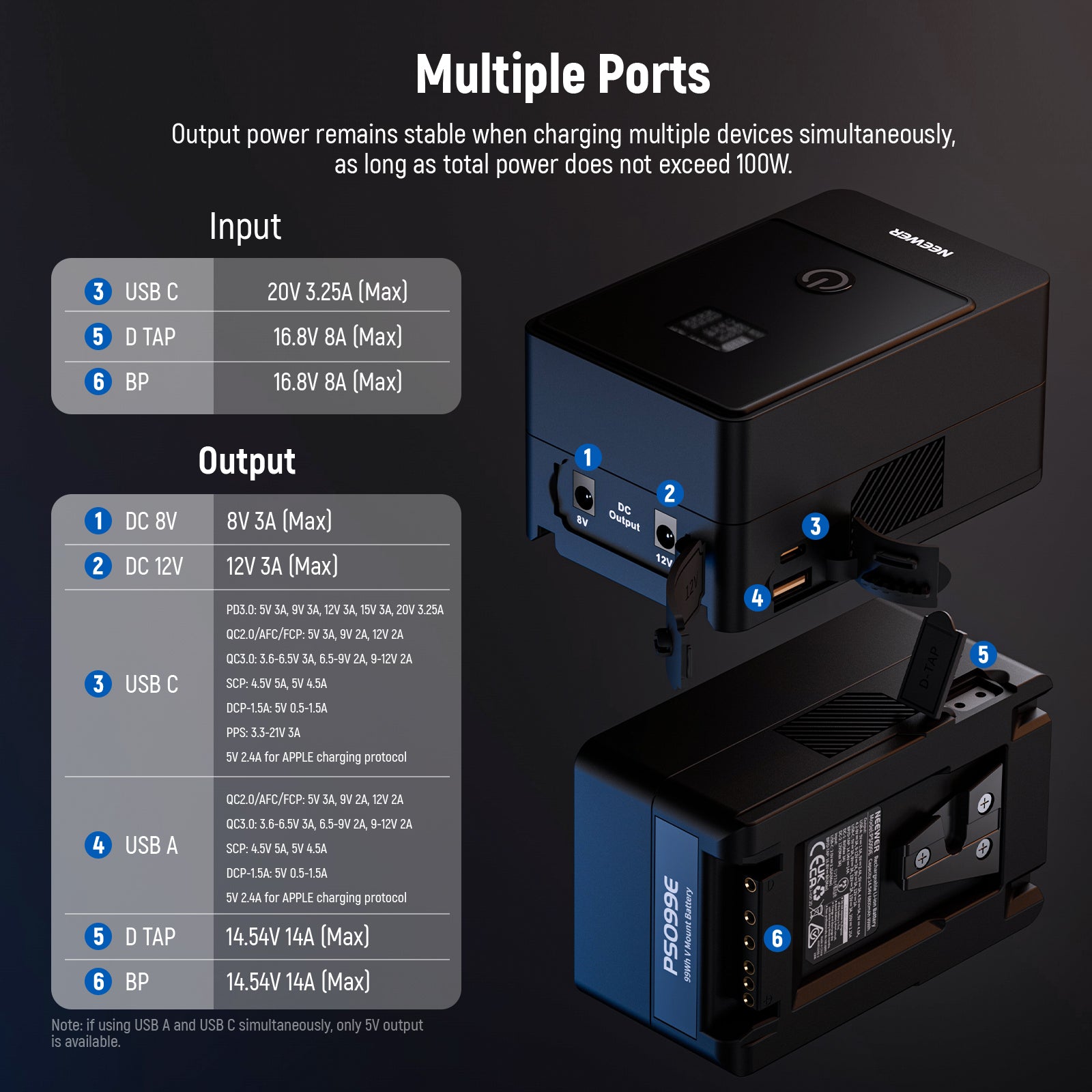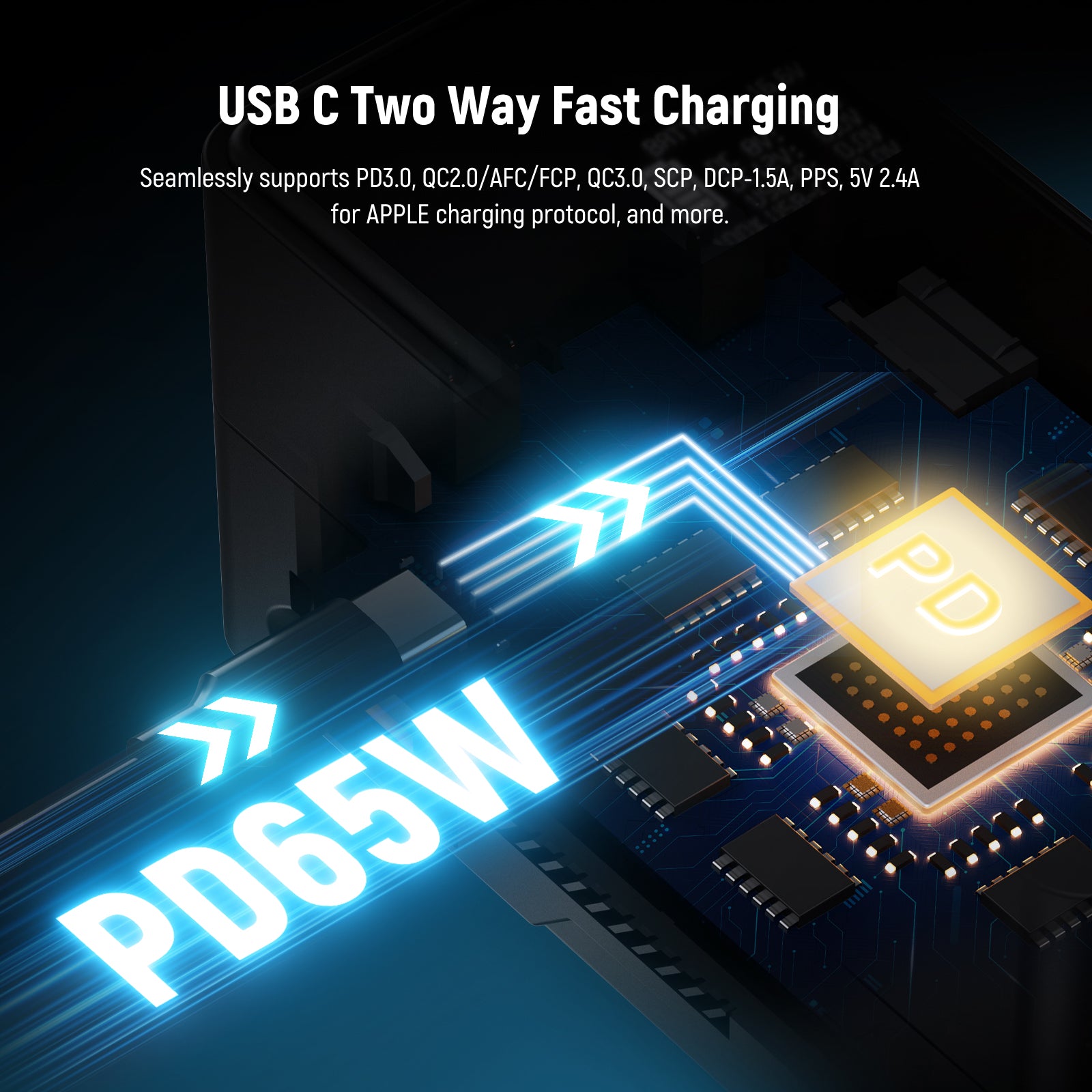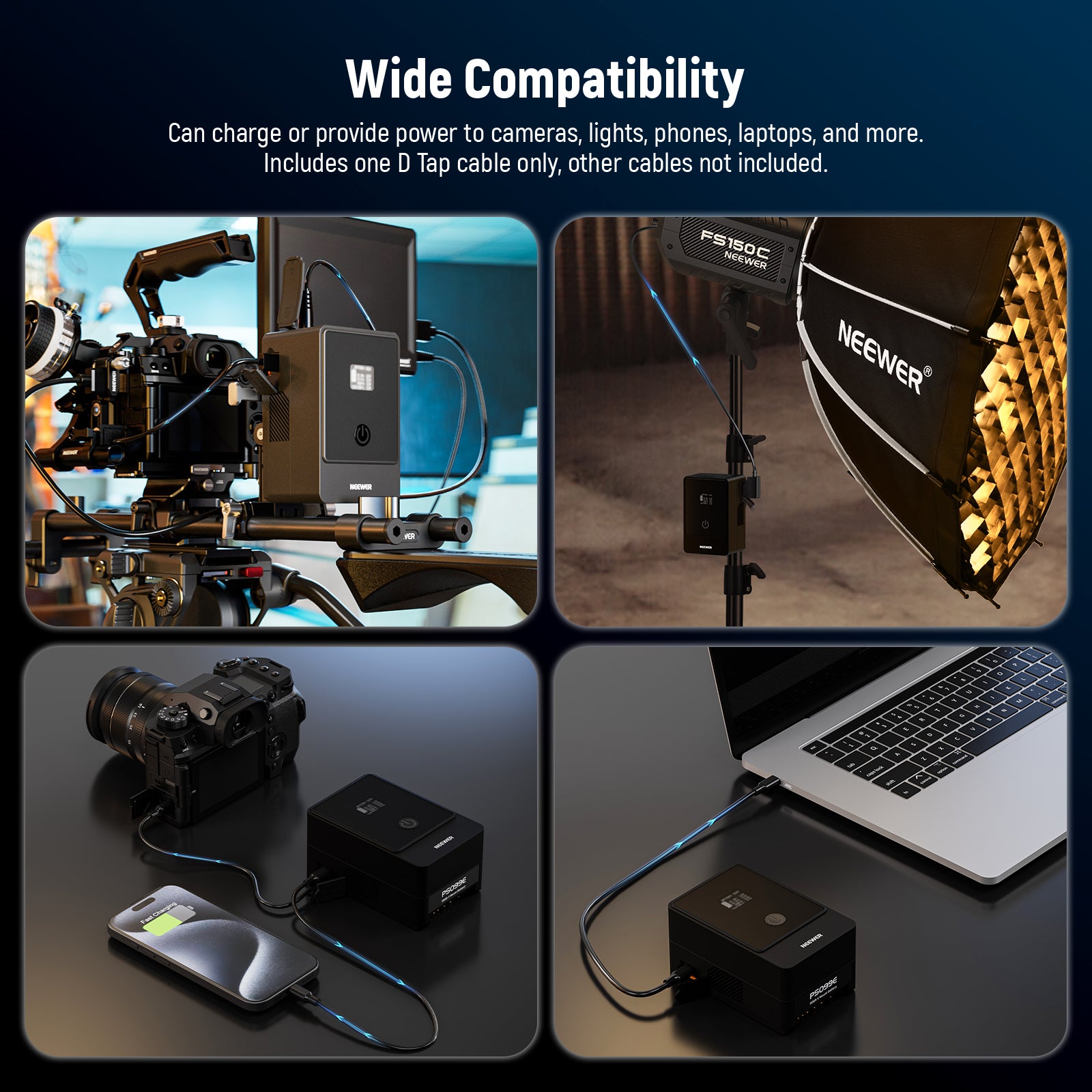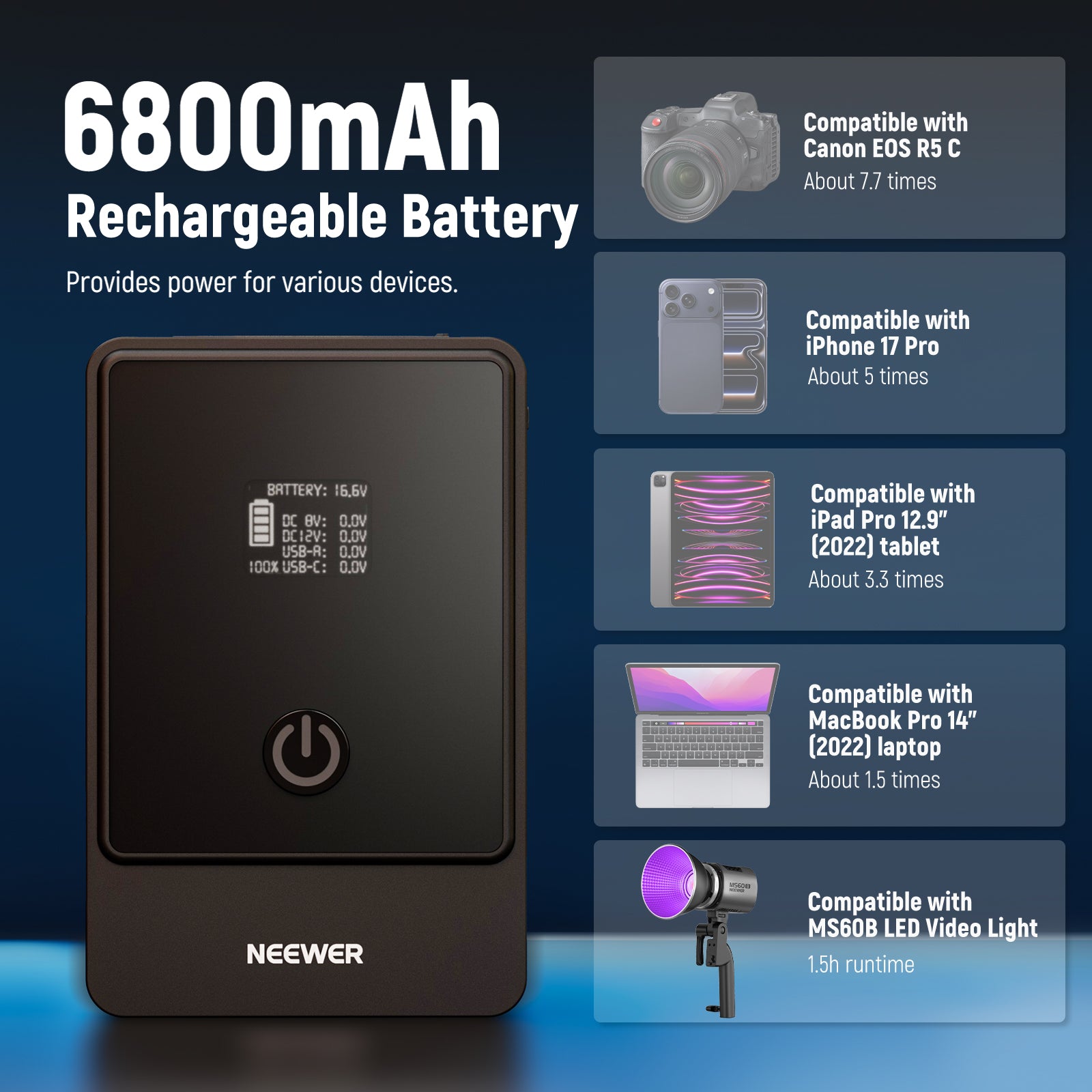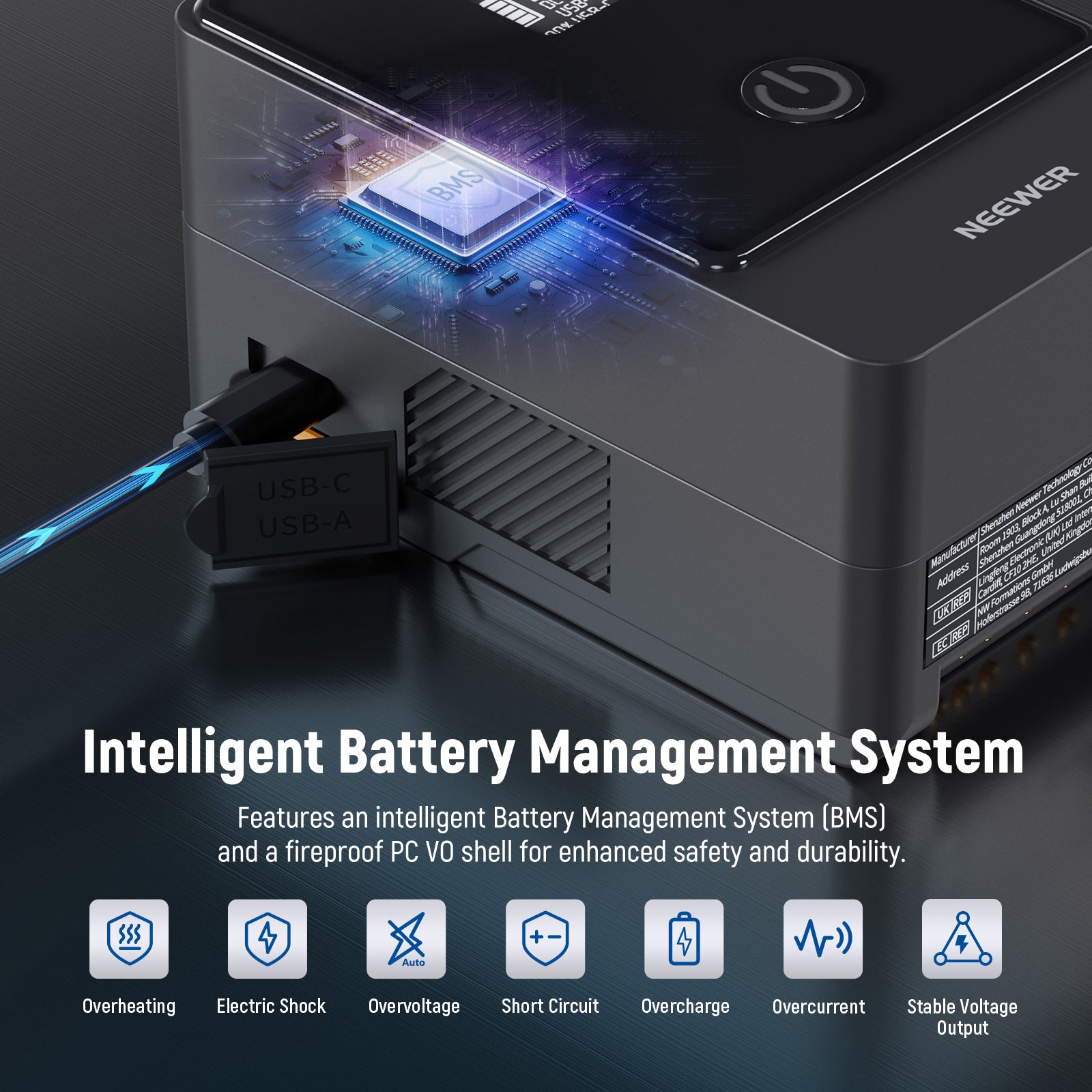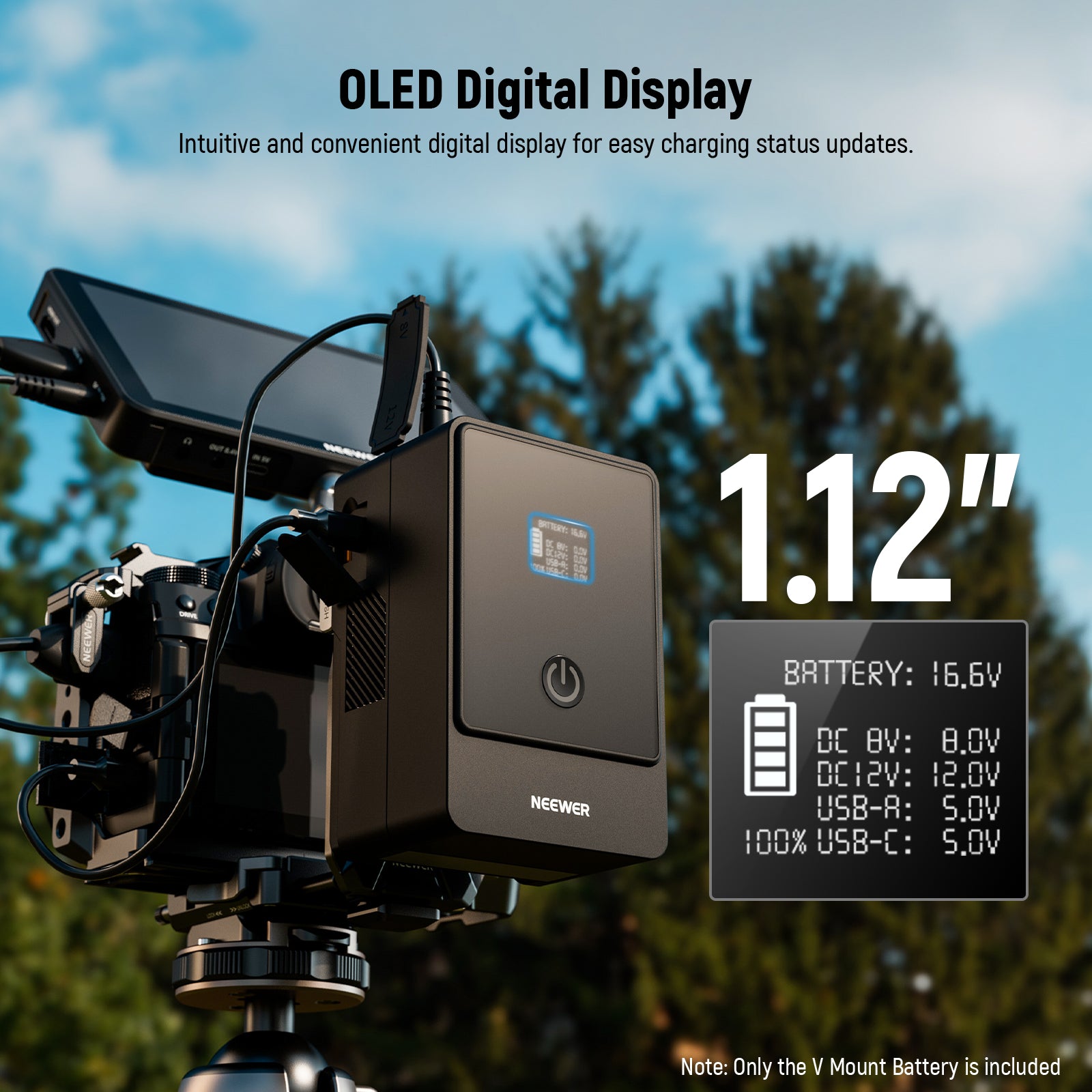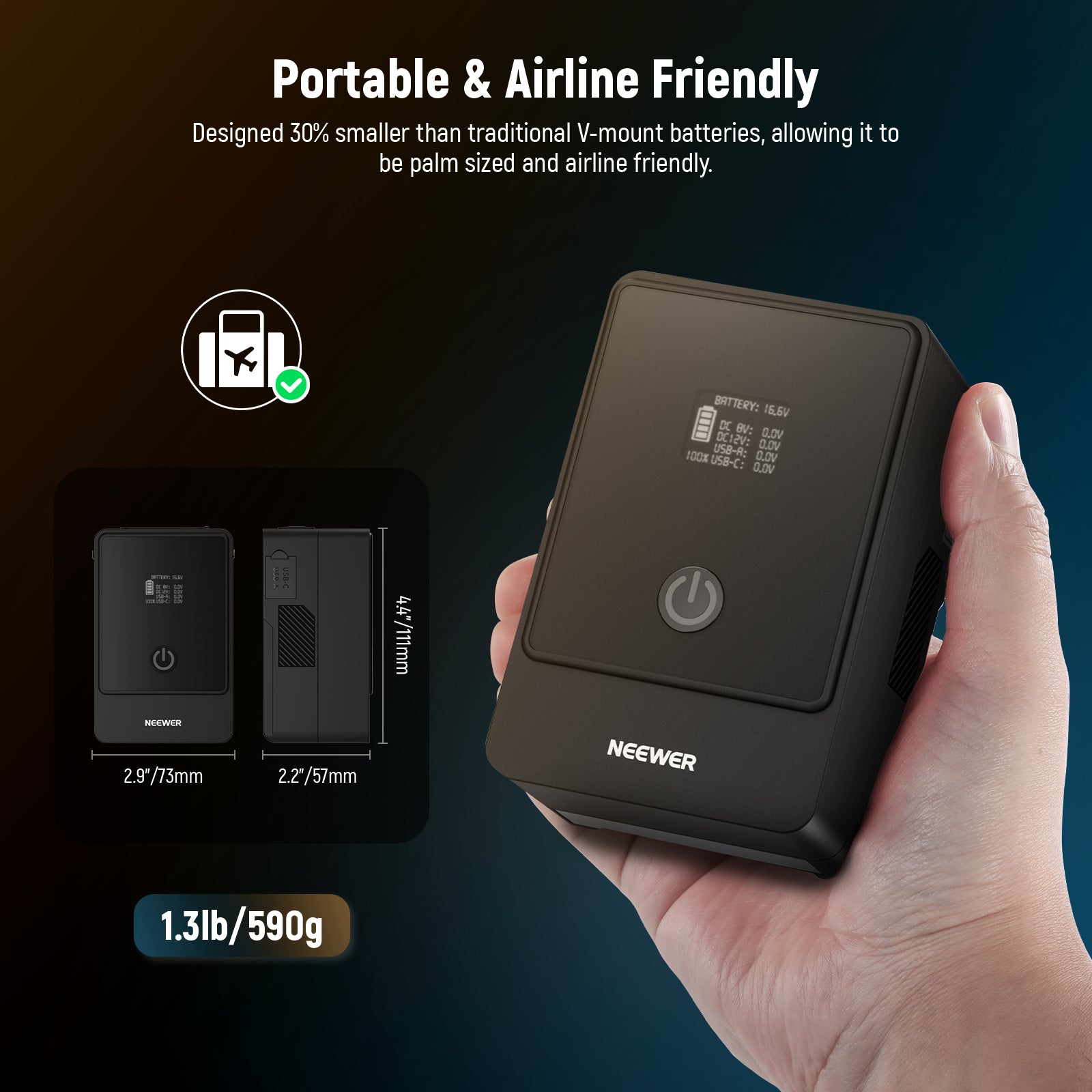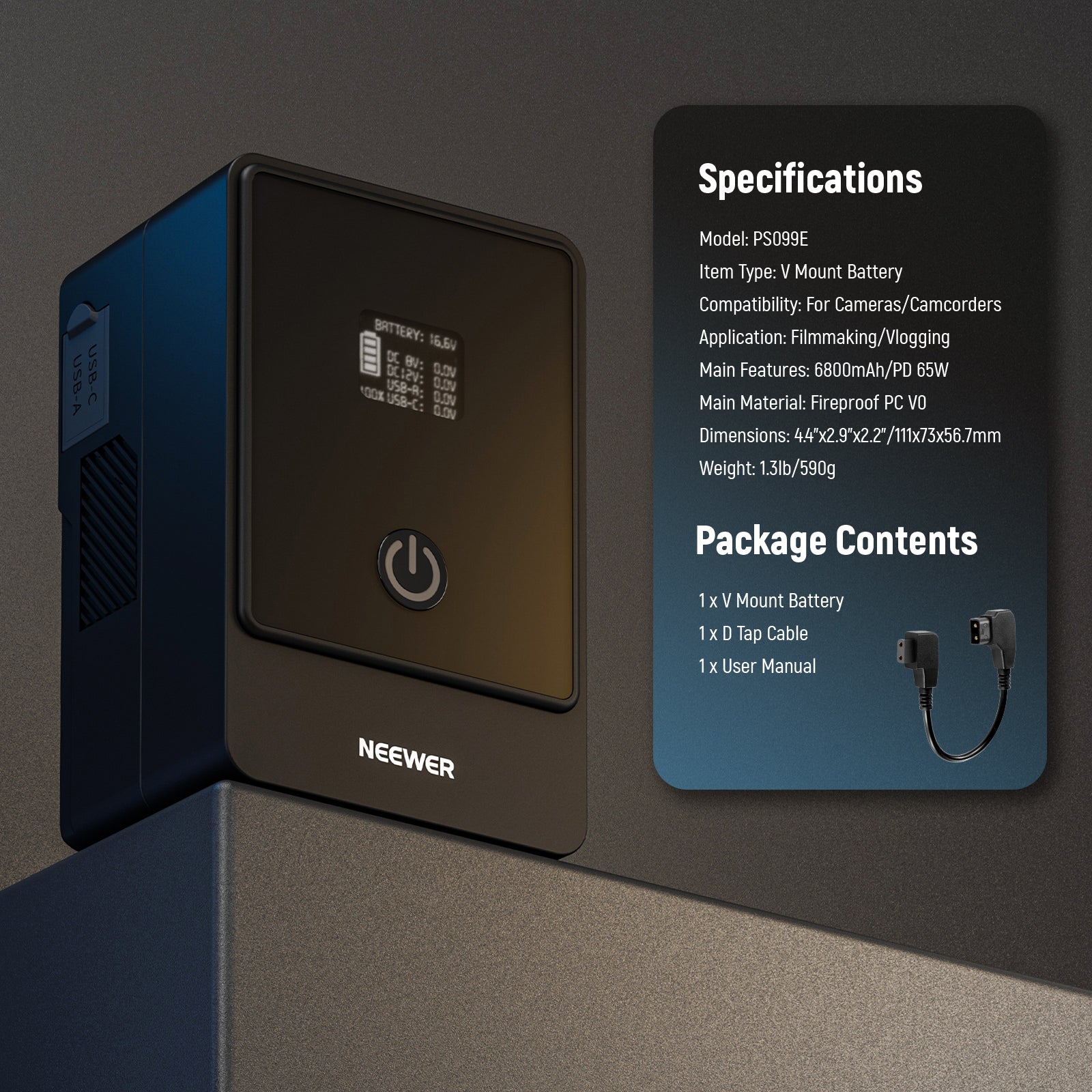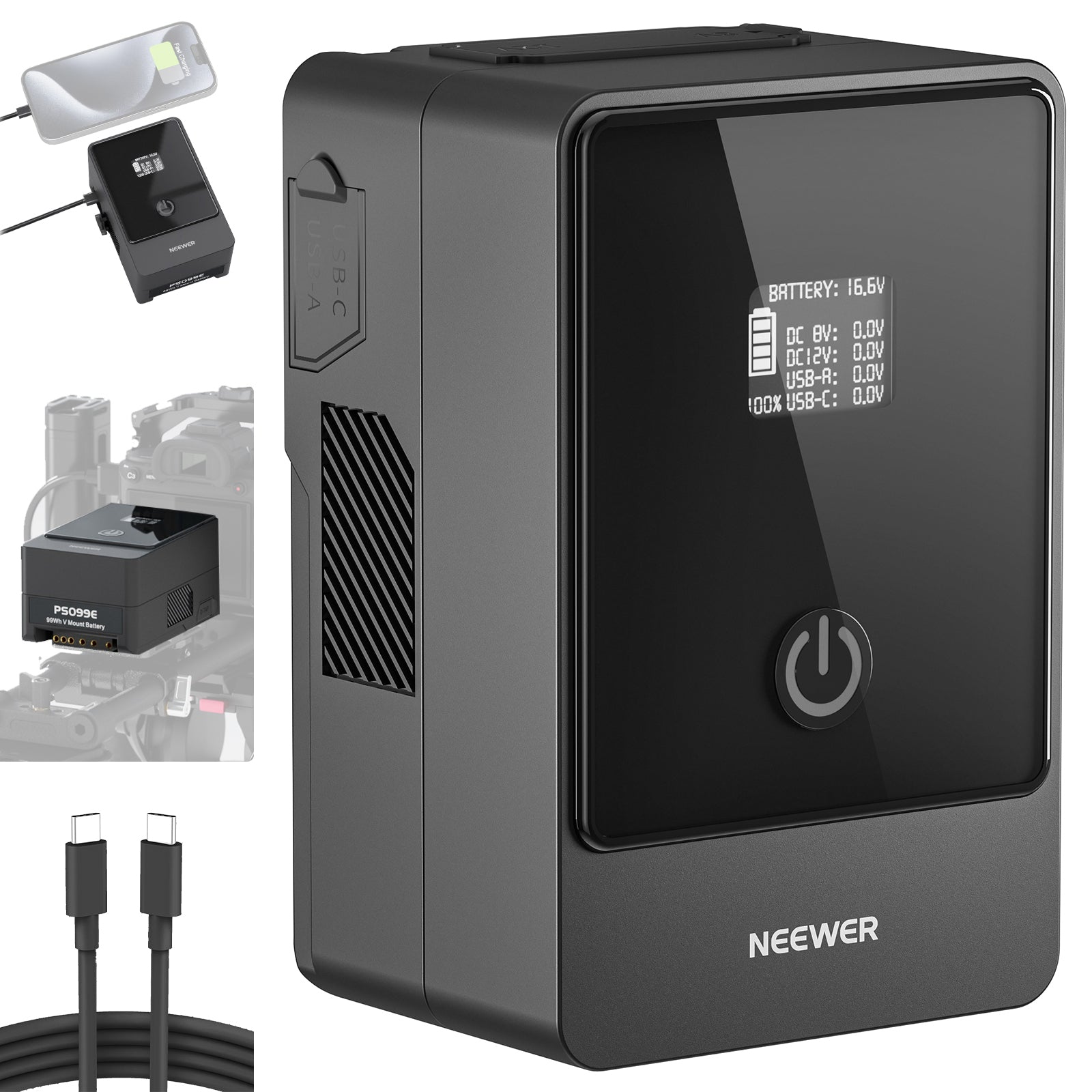Table of Contents
Good light stands not only securely support your light equipment, but also flexibly adjust the height and angle to help you easily create the ideal lighting effect. Whether you want to create a soft lighting atmosphere in the live streaming room or create a high-quality look in professional photography, lamp stands work seamlessly with a variety of lights to provide you with dramatically improved image quality and capture every moment.
In this article, we will introduce the meaning, functions, and types of light stands and distinguish the difference between them and C-stands and tripods.
What is a Light Stand?

A light stand is a very common and often used piece of photographic and video equipment, which generally consists of a base, telescopic column, and a mounting point at the top. Equipment such as ring lights, flashes, etc. can be mounted on the top mounting point, which provides support and stabilization for this photographic equipment. Especially like the NEEWER ST-200 Photography Light Stand, provides more stable support.
The 6 Functions of a Light Stand

-
Providing Stability and Safety
Light stands are essential for keeping lighting equipment, such as strobes, LED panels, softboxes, or ring lights, steady. They prevent accidental tipping or falling, which could damage expensive equipment or compromise crew members on set. Many light stands,
such as the NEEWER 320cm Stainless Steel C-Stand, are designed with a tripod base or weighted legs to enhance balance, and additional measures like sandbags or spiked feet can be used for extra security, particularly in outdoor or uneven environments.
-
Adjusting Light Placement
One of the primary functions of a light stand is its ability to easily and precisely adjust the angle, height, and direction of light. Most lamp stands have telescoping sections for raising or lowering them to provide you with optimal lighting angles for portraiture, product photography, or video production - this flexibility is important in controlling shadows, highlights, and other issues that might arise during production.
-
Supporting Additional Accessories
Light stands often include attachments or mounts that allow for the addition of accessories such as:
- Reflectors: To bounce light for softer or more even illumination.
- Boom Arms: For overhead lighting or unique angles.
- Umbrellas and Modifiers: To diffuse or shape light for creative effects.
By supporting additional equipment, the light stand can go a step further for photography and improve the efficiency of your shots.
-
Enhancing Portability and Convenience
Most light stands are designed with portability in mind. Lightweight materials like aluminum or carbon fiber are commonly used, allowing for easy transport between locations. Some stands fold compactly, making them ideal for traveling professionals. Advanced designs may include wheeled bases for effortless repositioning in studio settings or air-cushioned sections that prevent sudden drops, protecting equipment during adjustments.
-
Ensuring Versatility Across Scenarios
Light stands are adaptable to a variety of shooting conditions:
- Indoor Use: Compact, space-saving designs are perfect for studio setups, where stability and ease of movement are essential.
- Outdoor Use: Heavy-duty stands with reinforced legs and compatibility with sandbags ensure stability even in windy conditions or on uneven surfaces.
-
Improving Lighting Quality
Light stands significantly improve the quality of photos and videos by providing precise placement and control of lighting equipment. Properly placed lights help eliminate harsh shadows, enhance subject details, create balance among images and videos, and give off a professional look.
Exploring Types of Light Stands
|
Type of Lamp Stand |
Features |
Best For |
Pros |
Cons |
|
Standard Light Stands |
Lightweight, tripod base, adjustable height, compatible with most lighting gear. |
General-purpose studio or location use. |
Affordable, easy to use, widely available. |
Limited weight capacity. |
|
Wider leg spread, high load capacity, made of steel or reinforced materials. |
Large studio setups, heavy equipment. |
Extremely durable and stable. |
Heavier and less portable. |
|
|
Air-cushioning mechanism, smooth height adjustment, added safety for fragile gear. |
Frequent height adjustments. |
Protects equipment, and smooth operation. |
Slightly more expensive. |
|
|
Boom Light Stands |
Adjustable boom arm, counterweights for balance, rotating heads for angled lighting. |
Overhead lighting, creative setups. |
Versatile, allows unique angles. |
Requires balancing, and more setup time. |
|
Sliding leg system for uneven surfaces, detachable base, compatibility with grip arms and clamps. |
Professional shoots, uneven terrain. |
Extremely versatile and durable. |
Bulky and heavy. |
|
|
Travel Light Stands |
Lightweight and foldable, compact design, easy to transport. |
On-the-go shoots, events. |
Portable, quick setup. |
Limited height and load capacity. |
|
Low Boy Stands |
Short height range, compact size, designed for low-angle lighting setups. |
Low-angle lighting, product photography. |
Stable, compact. |
Limited height range. |
|
Overhead Stands |
Long arms, counterweights for stability, reinforced construction for top-down setups. |
Studio shoots, fashion photography. |
Precise overhead positioning. |
Expensive, not portable. |
|
Wall-Mounted Stands |
Fixed to walls or ceilings, adjustable arms, space-saving design. |
Permanent studio setups. |
Space-saving, clean setup. |
Limited flexibility, requires installation. |
|
Specialty Stands |
Custom-built for specific equipment (e.g., ring lights, mobile setups). |
Beauty photography, live streaming. |
Purpose-built for specific uses. |
Limited versatility. |
C-Stand vs. Light Stand
|
Feature |
C-Stands |
Light Stands |
|
Material |
Typically made of steel for durability and stability. |
Usually made of lightweight materials like aluminum or carbon fiber. |
|
Stability |
Highly stable due to their heavy weight and sturdy build; suitable for uneven surfaces. |
Stable for general use but less secure with heavy equipment or in windy conditions. |
|
Load Capacity |
Can support heavy equipment, such as large lights, modifiers, and accessories. |
Suitable for lightweight to medium equipment, depending on the model. |
|
Height Range |
Offers a wide height range, often extending taller than standard light stands. |
Adjustable height but generally limited compared to C-Stands. |
|
Portability |
Heavier and bulkier, making them less portable; usually disassembled for transport. |
Lightweight and foldable, ideal for on-location or travel shoots. |
|
Leg Design |
Sliding legs allow placement on uneven surfaces and stacking for compact storage. |
Tripod legs with fixed positions are better for flat surfaces. |
|
Accessories Compatibility |
Includes grip arms, clamps, and mounts, ideal for holding multiple accessories like reflectors. |
Compatible with basic lighting equipment but limited accessory support. |
|
Use Cases |
Professional studio shoots, film sets, and outdoor environments require durability. |
General-purpose photography and videography in controlled environments. |
|
Setup Time |
Requires more time due to detachable components and the need for balancing. |
Quick and easy setup with fewer components. |
|
Price |
Generally more expensive due to the durable material and versatility. |
Affordable options are available for beginner and mid-level users. |
|
Applications |
Ideal for heavy lighting setups, creative angles, and supporting large modifiers or boom arms. |
Great for portable lighting, smaller setups, and basic studio or on-the-go work. |
Which one is better and how to choose?

Choose a C-Stand if:
- You work in a professional studio or on demanding film sets.
- Stability and the ability to handle heavy equipment are priorities.
- You need versatility for mounting multiple accessories or using unique lighting angles.
Choose a Light Stand if:
- Portability, quick setup, and lightweight design are essential.
- You’re shooting in controlled environments or using lightweight equipment.
- You’re looking for an affordable and beginner-friendly option.
Light Stand vs. Tripod
|
Feature |
Light Stand |
|
|
Primary Function |
Designed to hold and support lighting equipment, such as strobes, LED panels, and softboxes. |
Primarily used to support cameras, video recorders, or other imaging devices. |
|
Design |
Vertical stand with three collapsible legs and multiple height adjustments. |
Three legs with an adjustable central column, often equipped with a mounting plate or ball head. |
|
Weight Capacity |
Varies depending on the model; designed to handle lighting gear, modifiers, and accessories. |
Generally supports cameras and lenses; heavy-duty tripods can handle larger cameras or rigs. |
|
Stability |
Provides stability for lighting setups; sandbags or weights can enhance stability. |
Offers excellent stability for cameras, especially with leveling tools for precise adjustments. |
|
Adjustability |
Adjustable height and angle for positioning lights; lacks fine control for panning or tilting. |
Offers precise angle adjustments with tilt, pan, and rotation controls for cameras. |
|
Material |
Made from lightweight materials like aluminum or heavy-duty steel for durability. |
Made from aluminum, carbon fiber, or steel; designed for strength and portability. |
|
Portability |
Lightweight models are portable, but heavy-duty versions can be bulkier. |
Typically compact and foldable; carbon fiber tripods are especially lightweight for travel. |
|
Accessories Compatibility |
Supports lighting modifiers like softboxes, reflectors, or umbrellas. |
Compatible with camera accessories like sliders, heads, and mounts for phones or monitors. |
|
Use Cases |
Ideal for studio setups, outdoor shoots with lights, or any scene requiring controlled lighting. |
Perfect for photography, videography, or long-exposure shots requiring a stable camera base. |
|
Setup Time |
Quick and straightforward; requires mounting the light and adjusting the height. |
Slightly more time-intensive for precise alignment and securing the camera. |
|
Price |
Affordable options are available, with high-end models for professional use. |
Wide price range, with entry-level options and advanced models for professional setups. |
|
Applications |
Used for illuminating scenes, portraits, or products; supports creative lighting setups. |
Used for capturing steady shots, long exposures, timelapse videos, or macro photography. |
Which one is better and how to choose?
Choose a Light Stand if:
- You need to support lighting equipment for studio or outdoor photography/videography.
- Your focus is on controlling illumination rather than stabilizing a camera.
- You want to attach lighting modifiers like reflectors or softboxes.
Choose a Tripod if:
- You need to stabilize a camera for steady shots or long exposures.
- You require precise control for panning, tilting, or adjusting angles.
- Portability and compactness are important for your shooting style.

